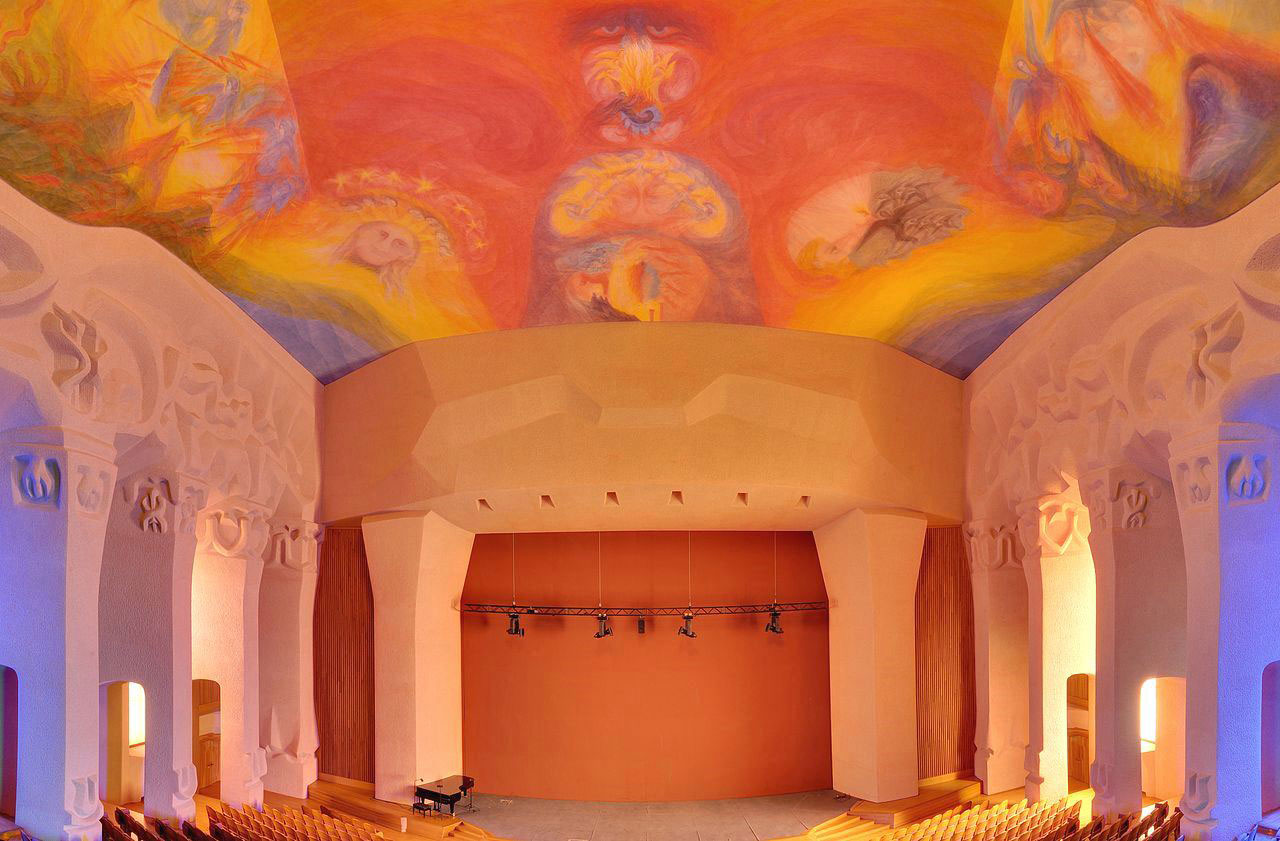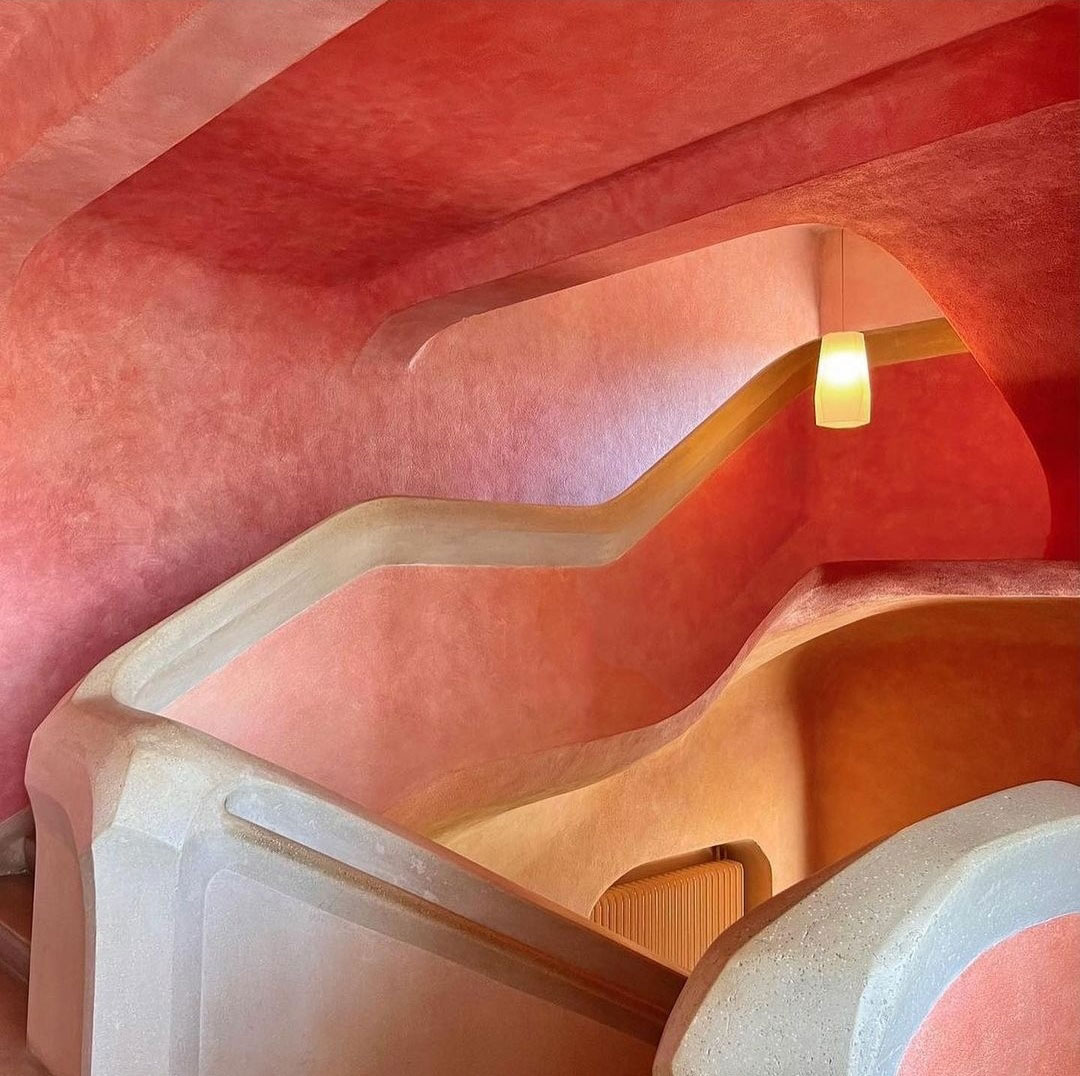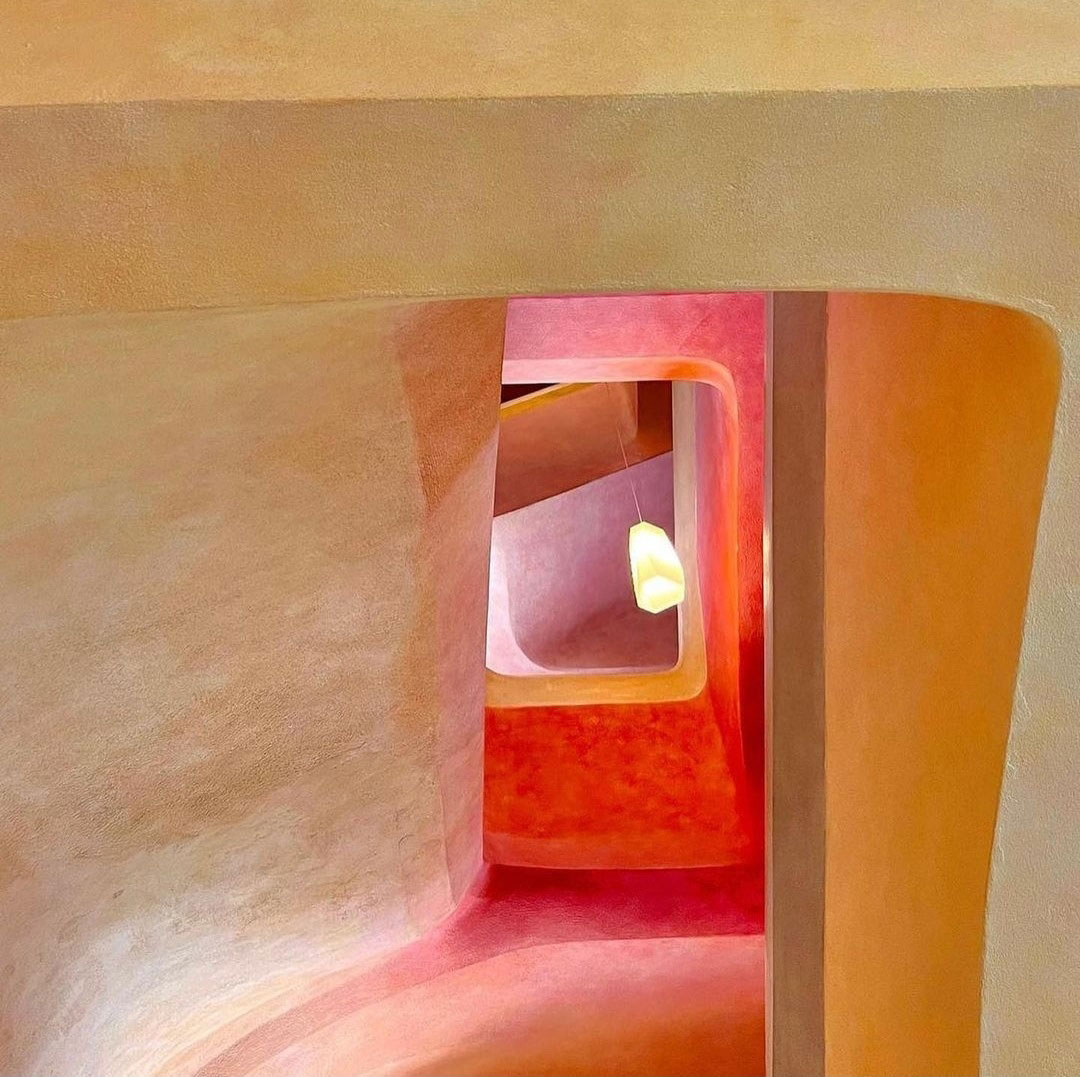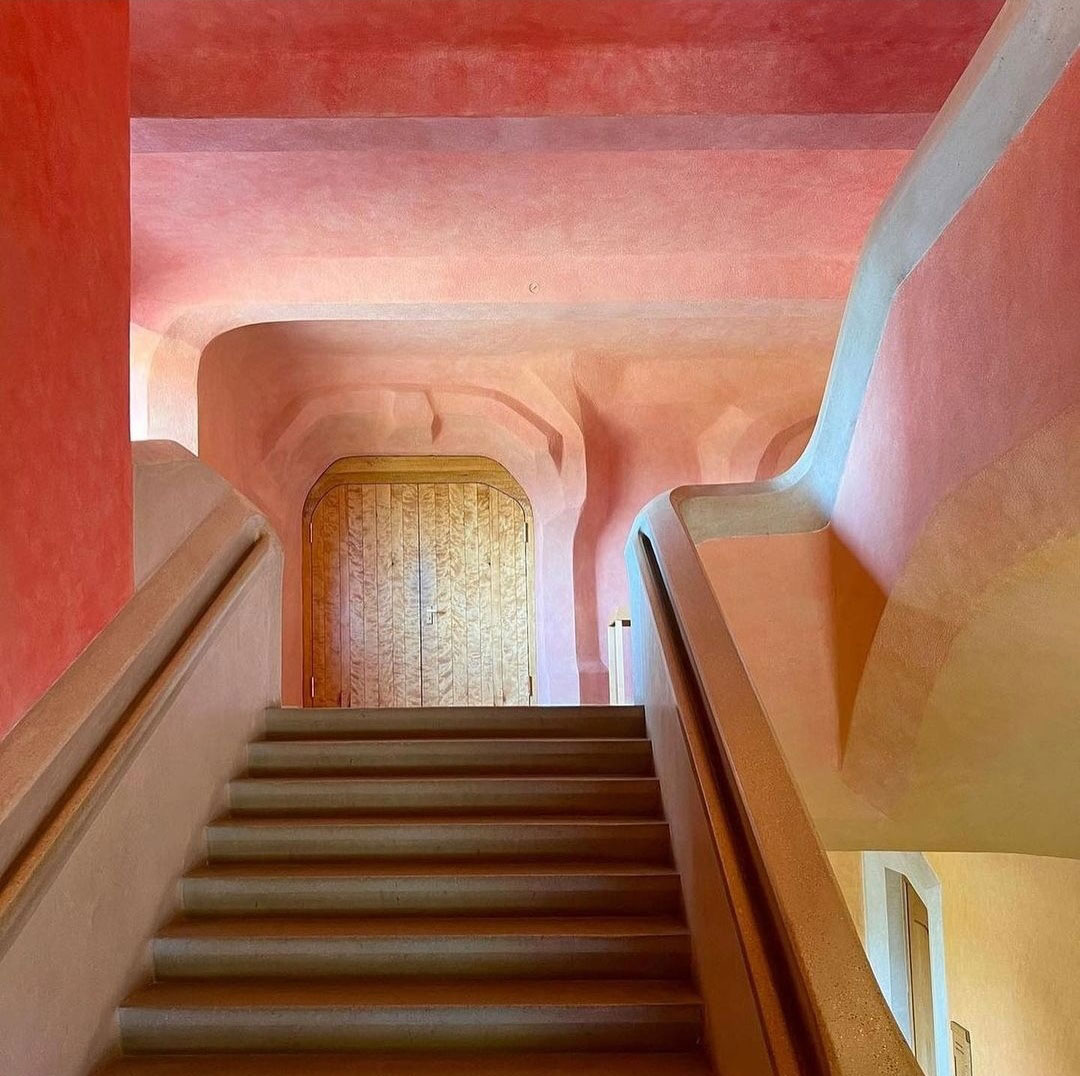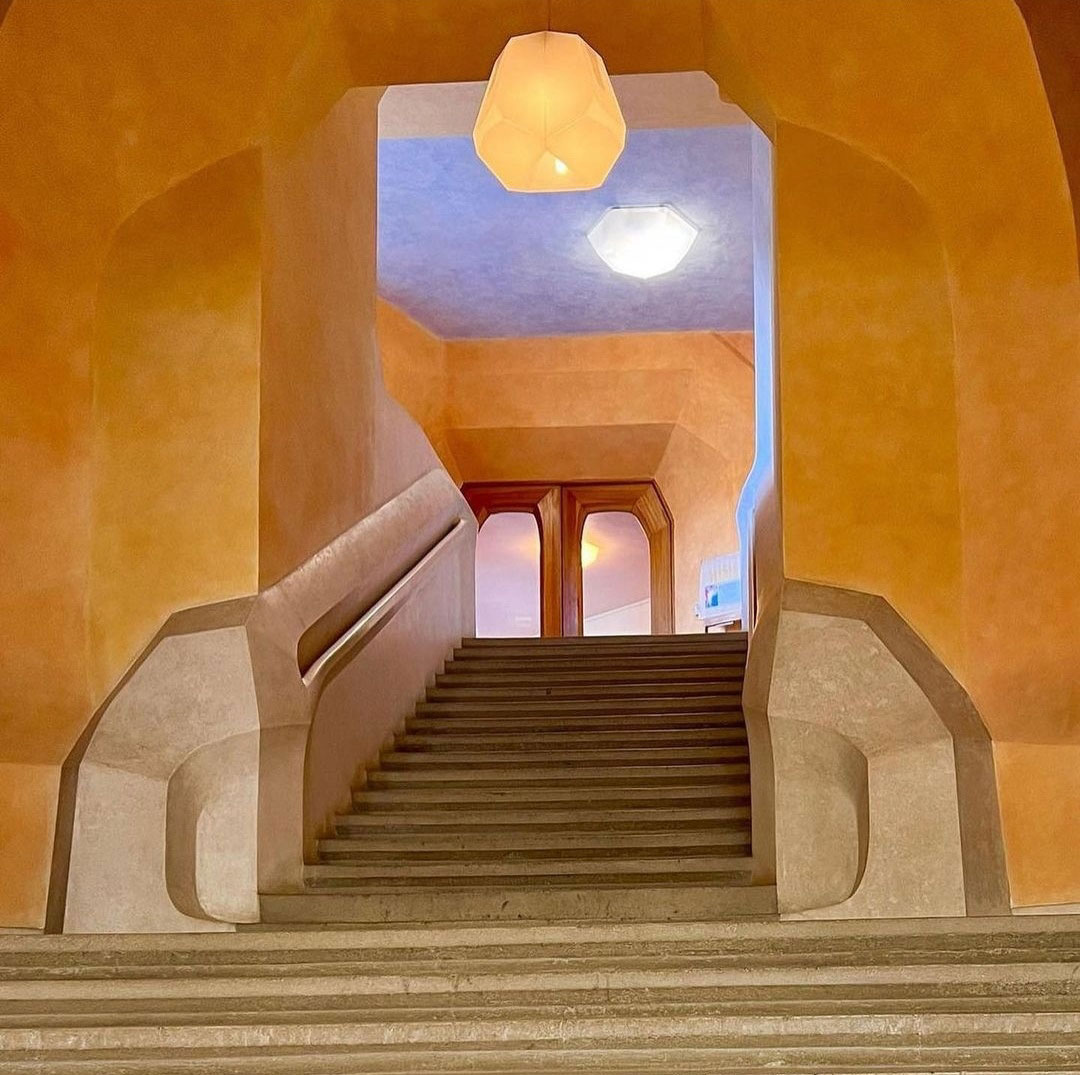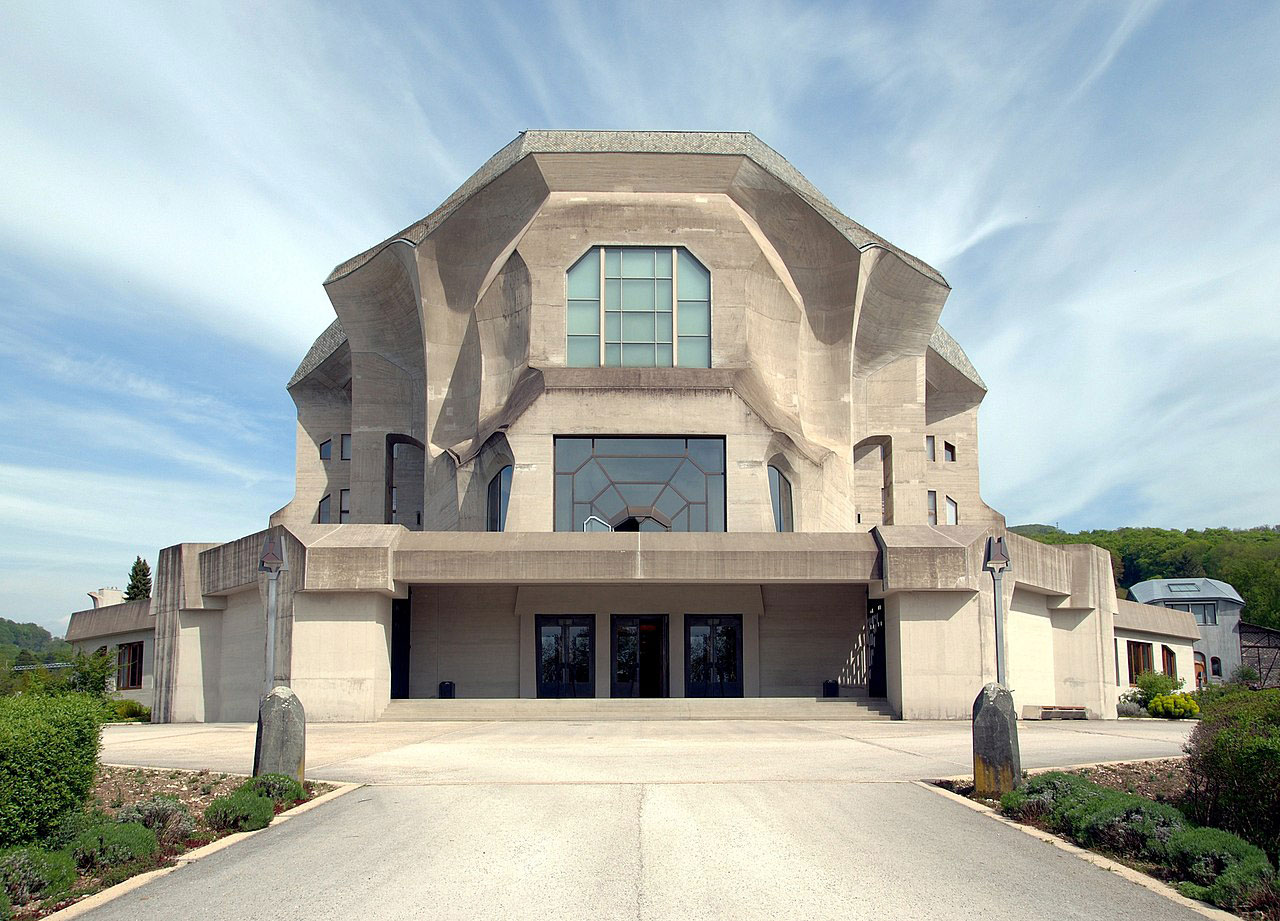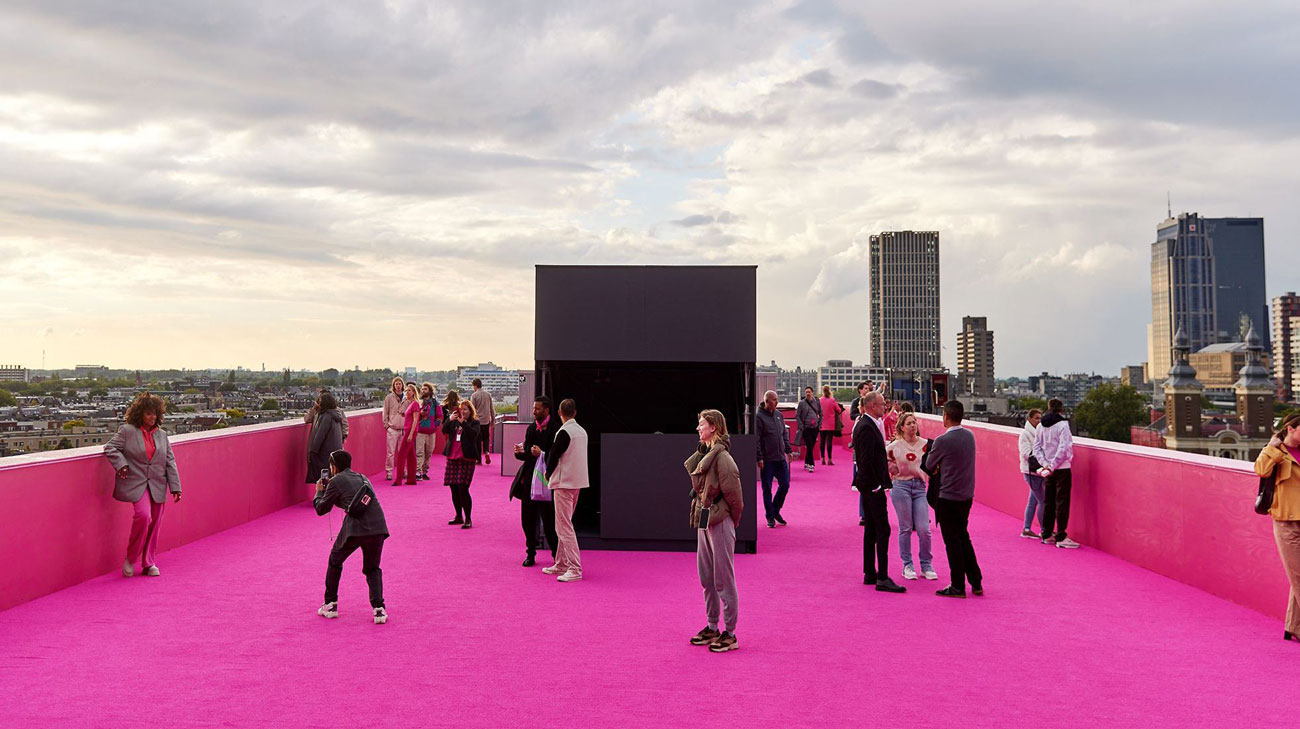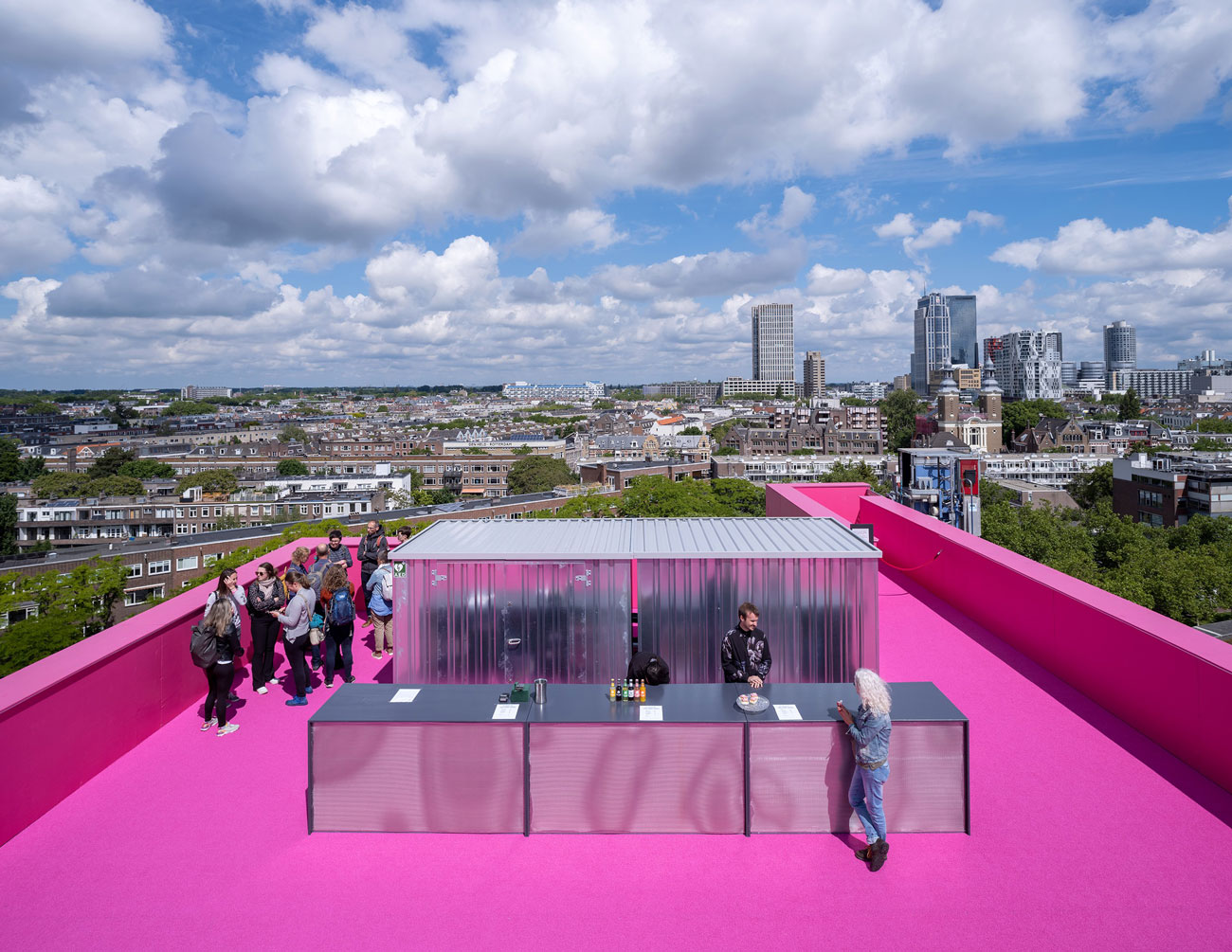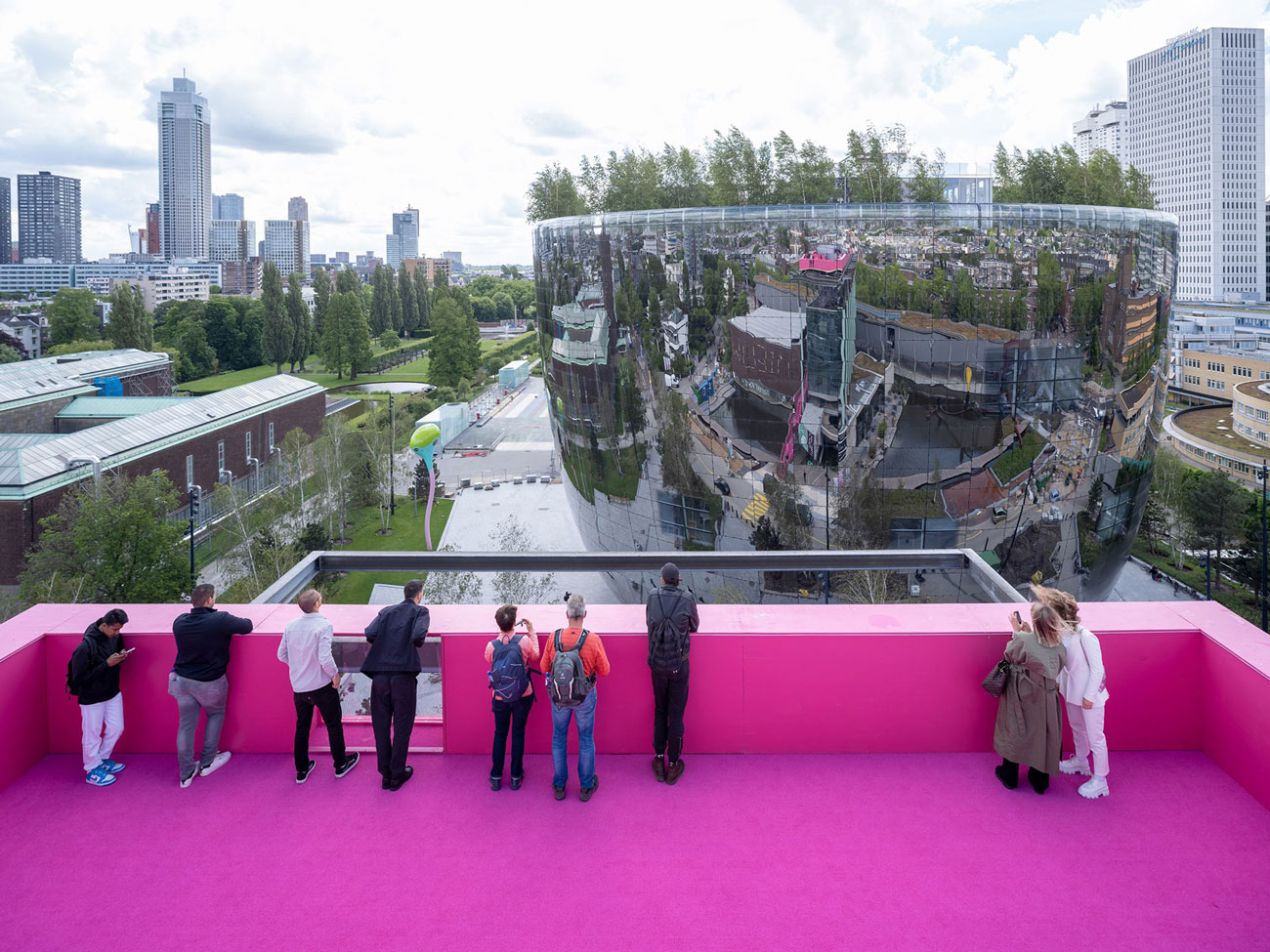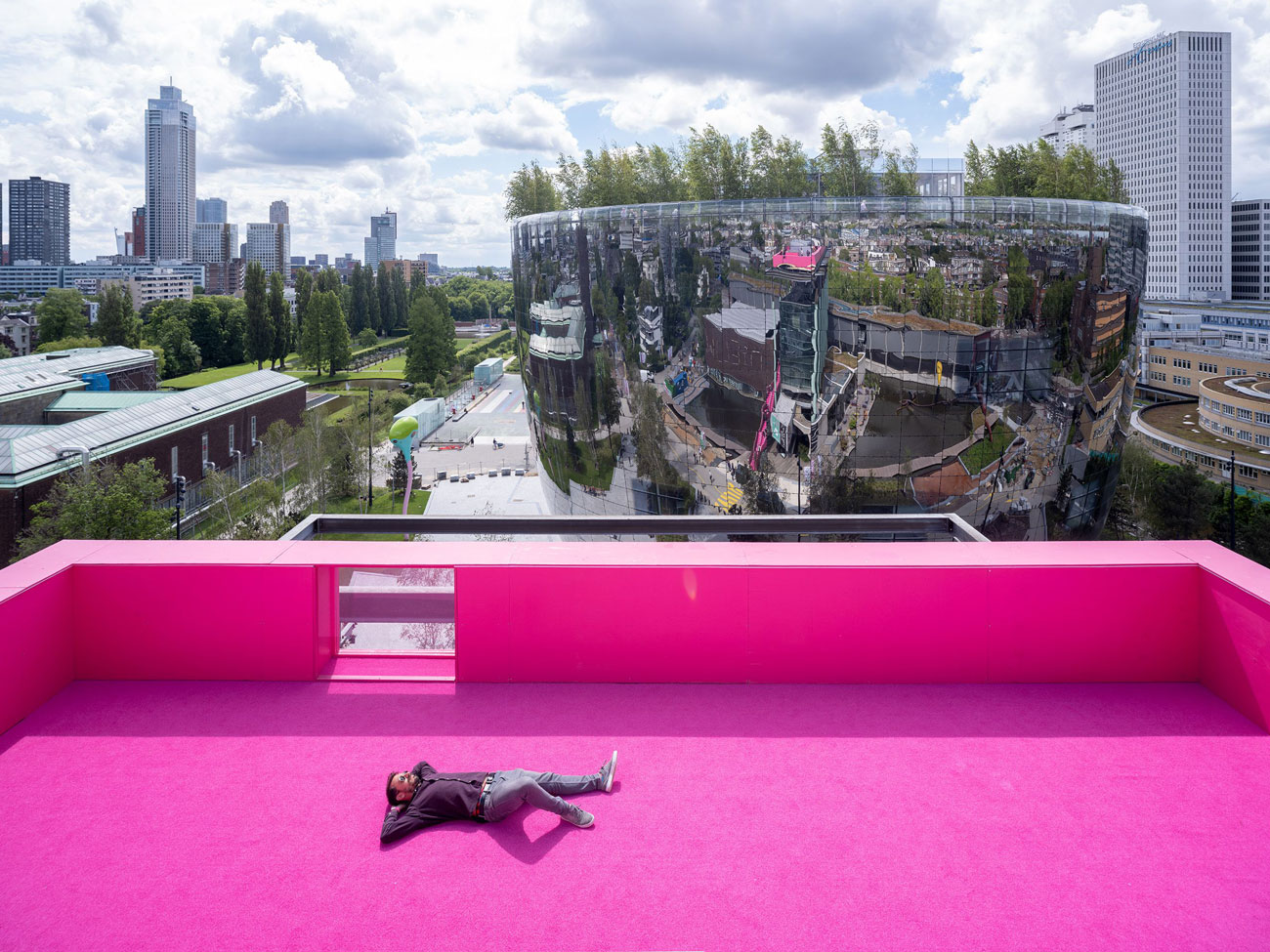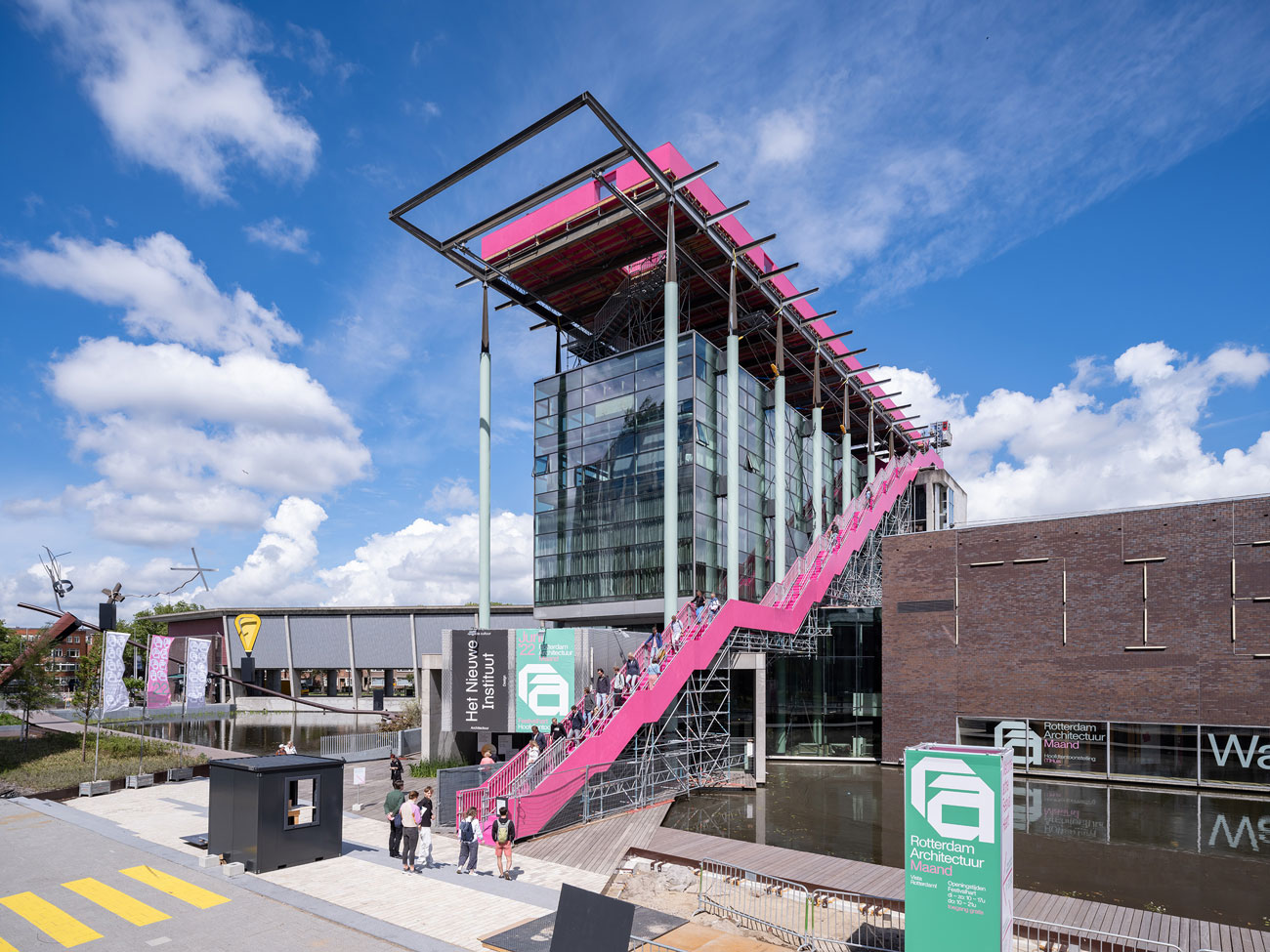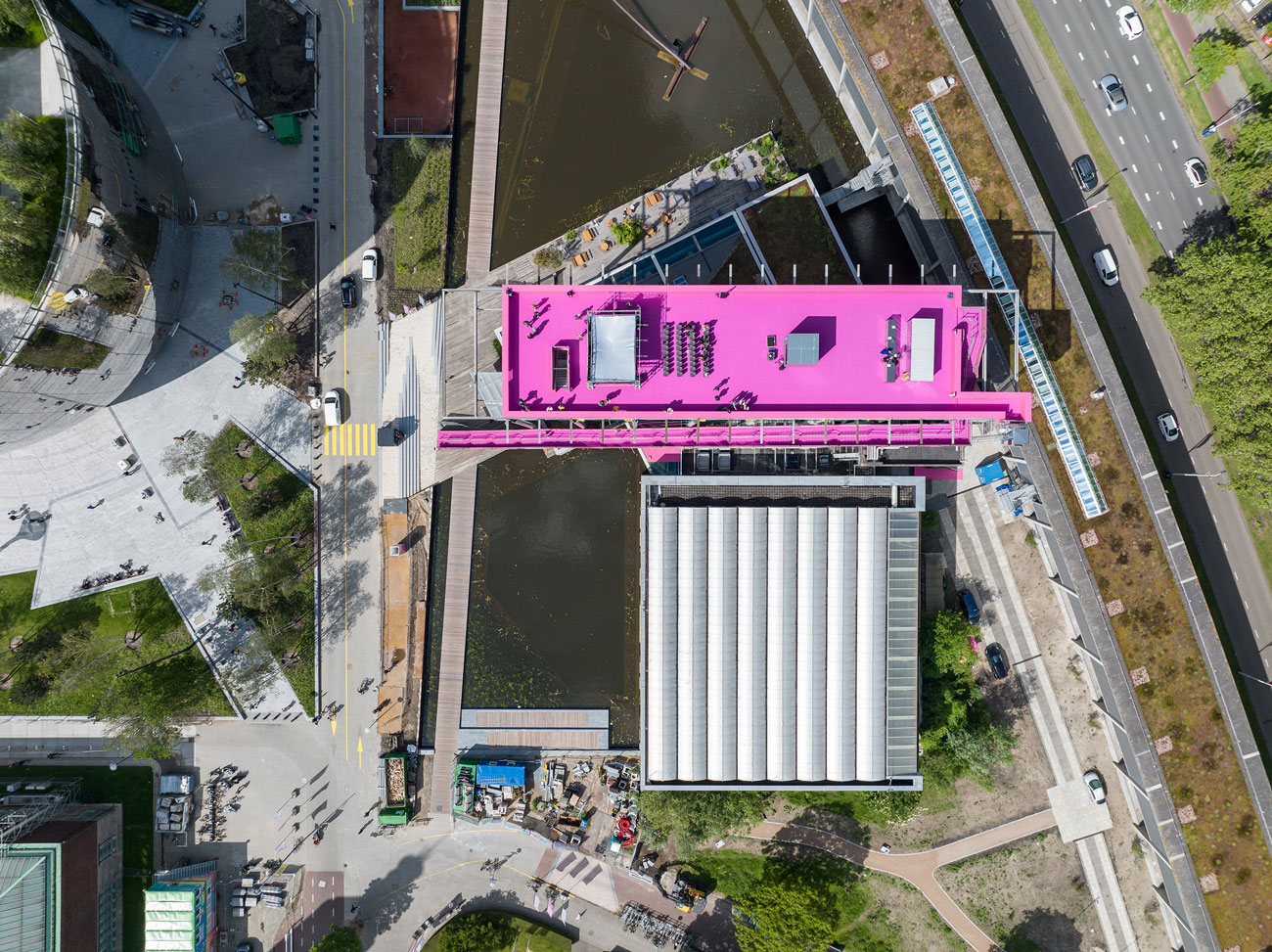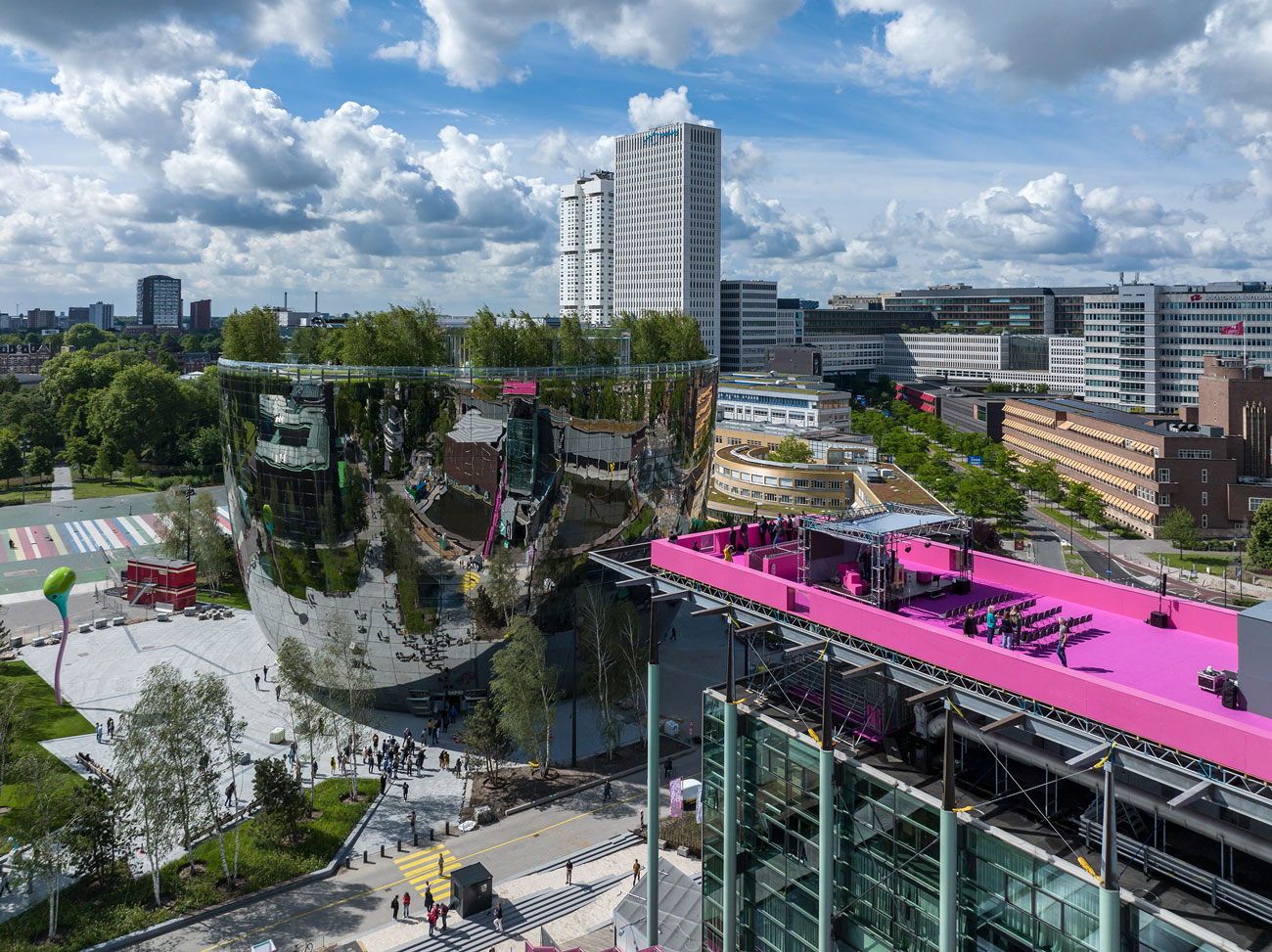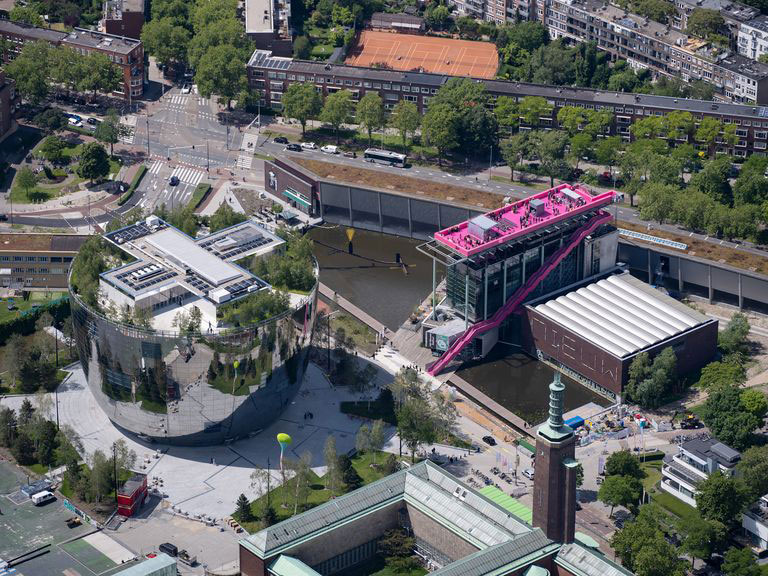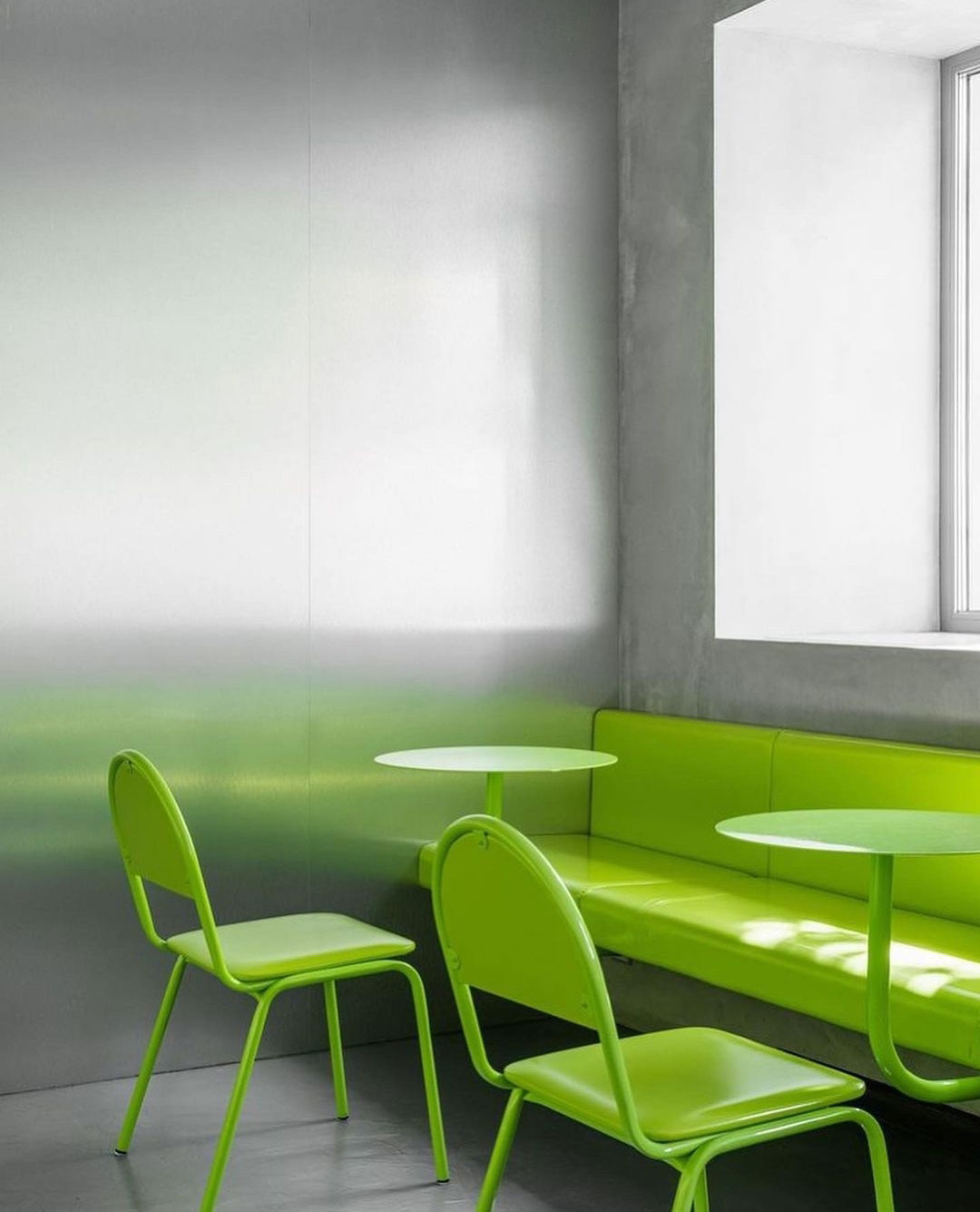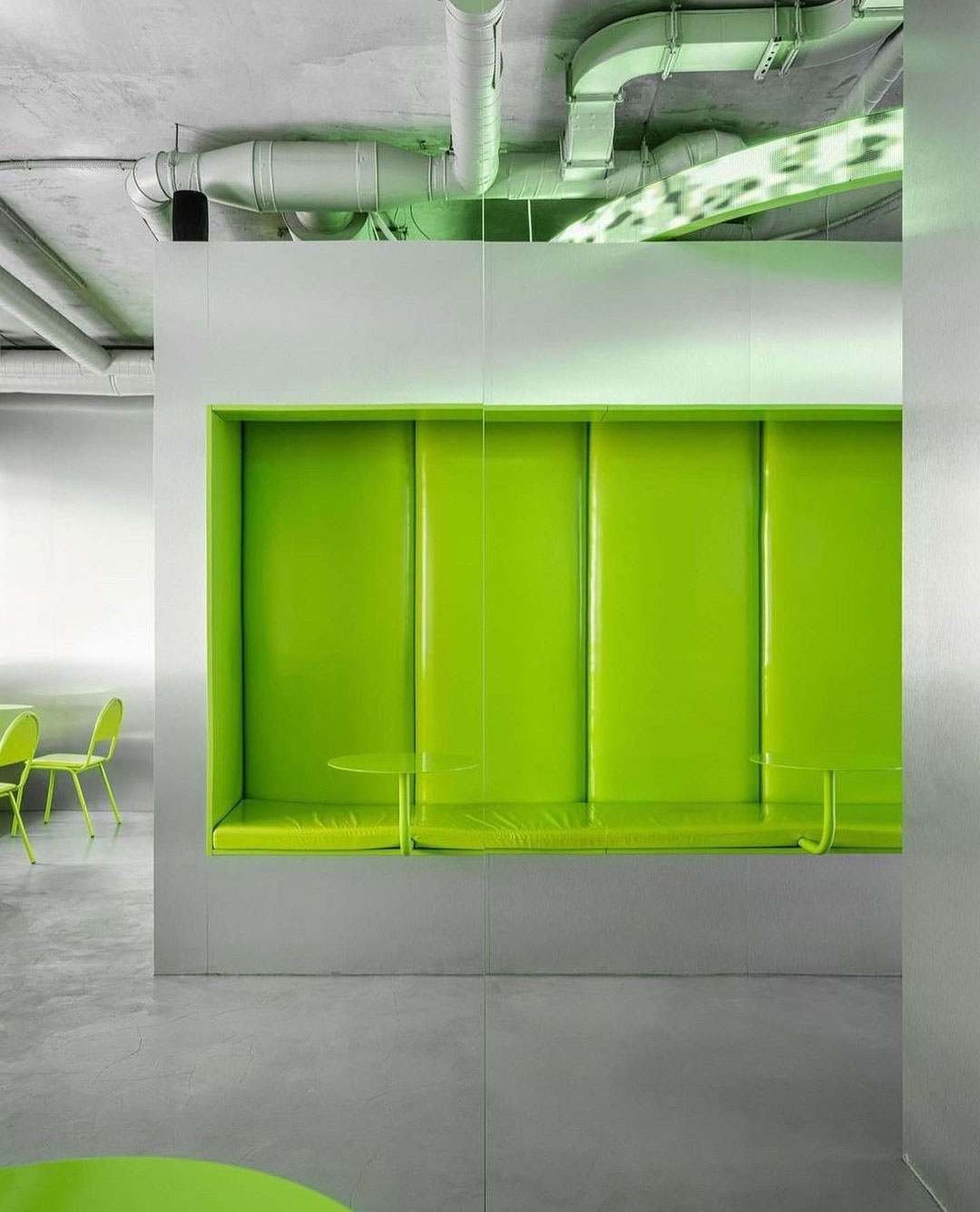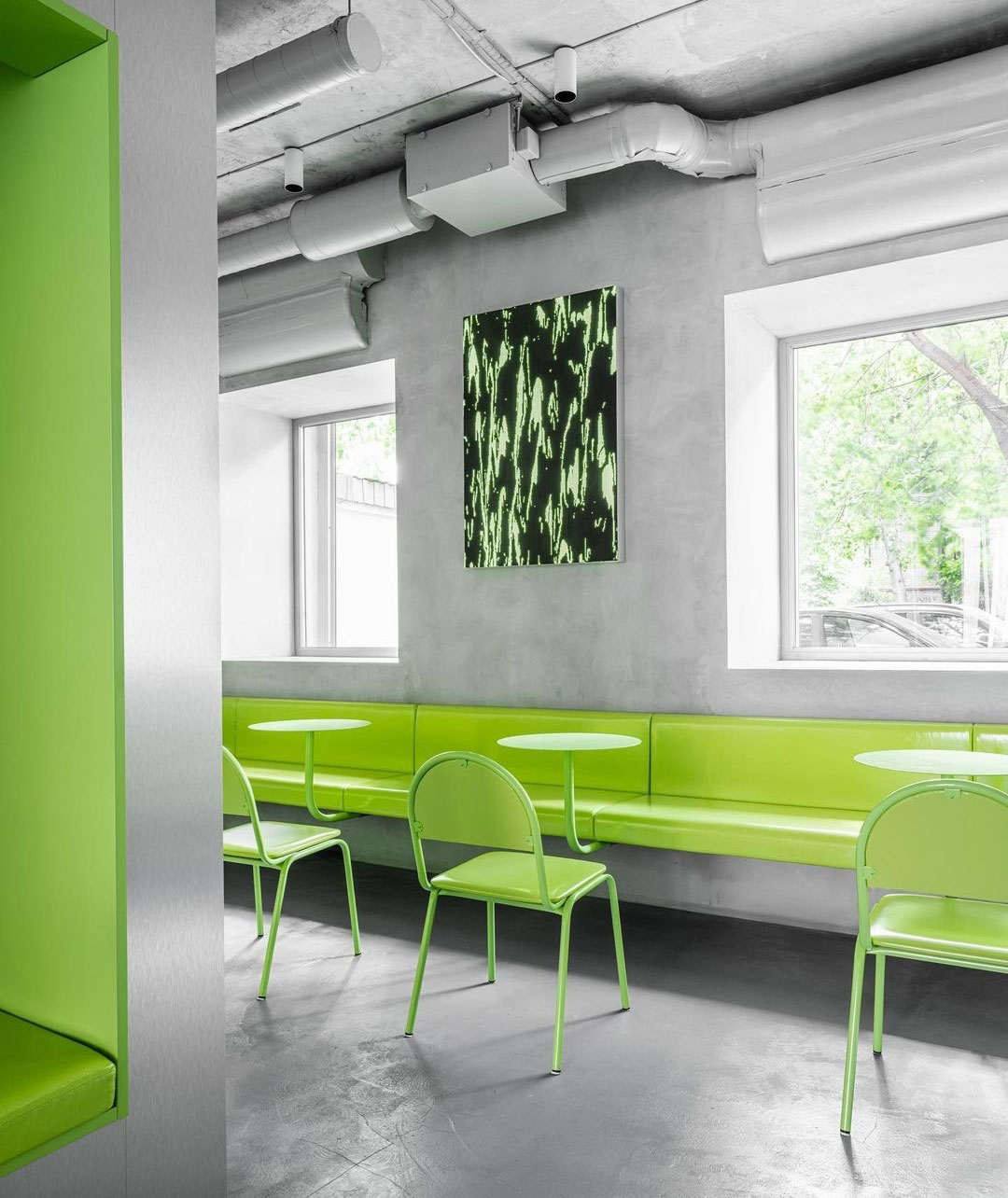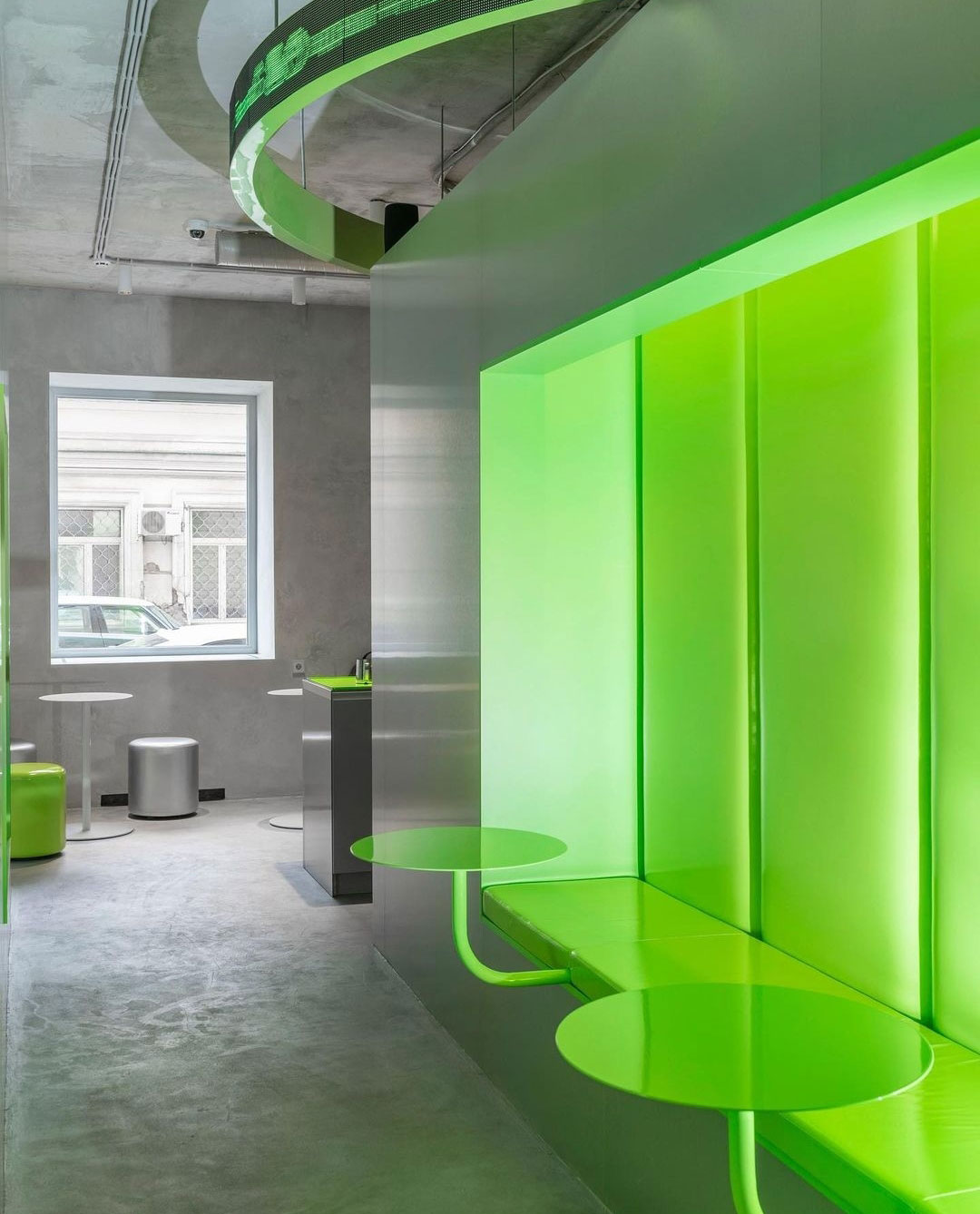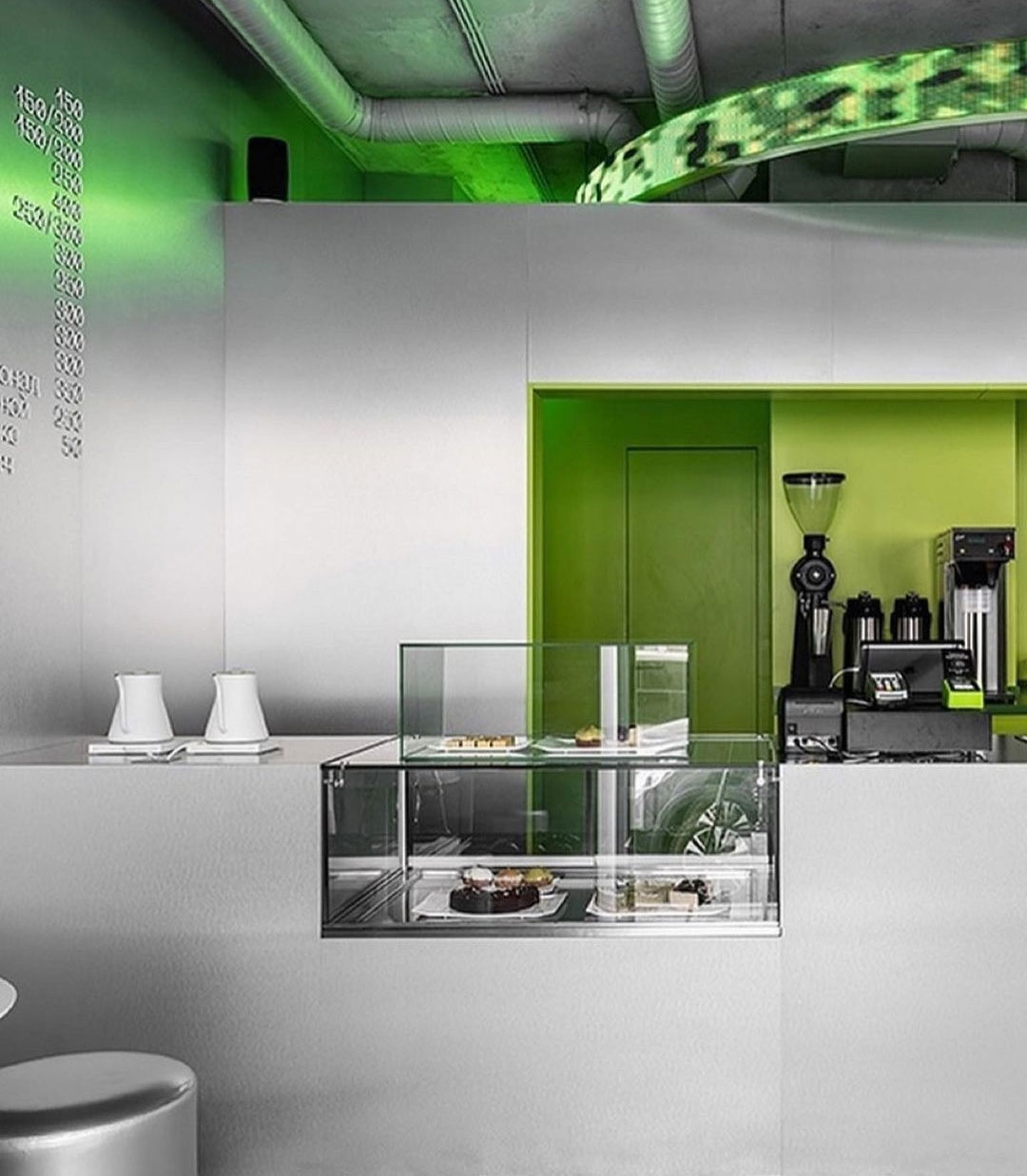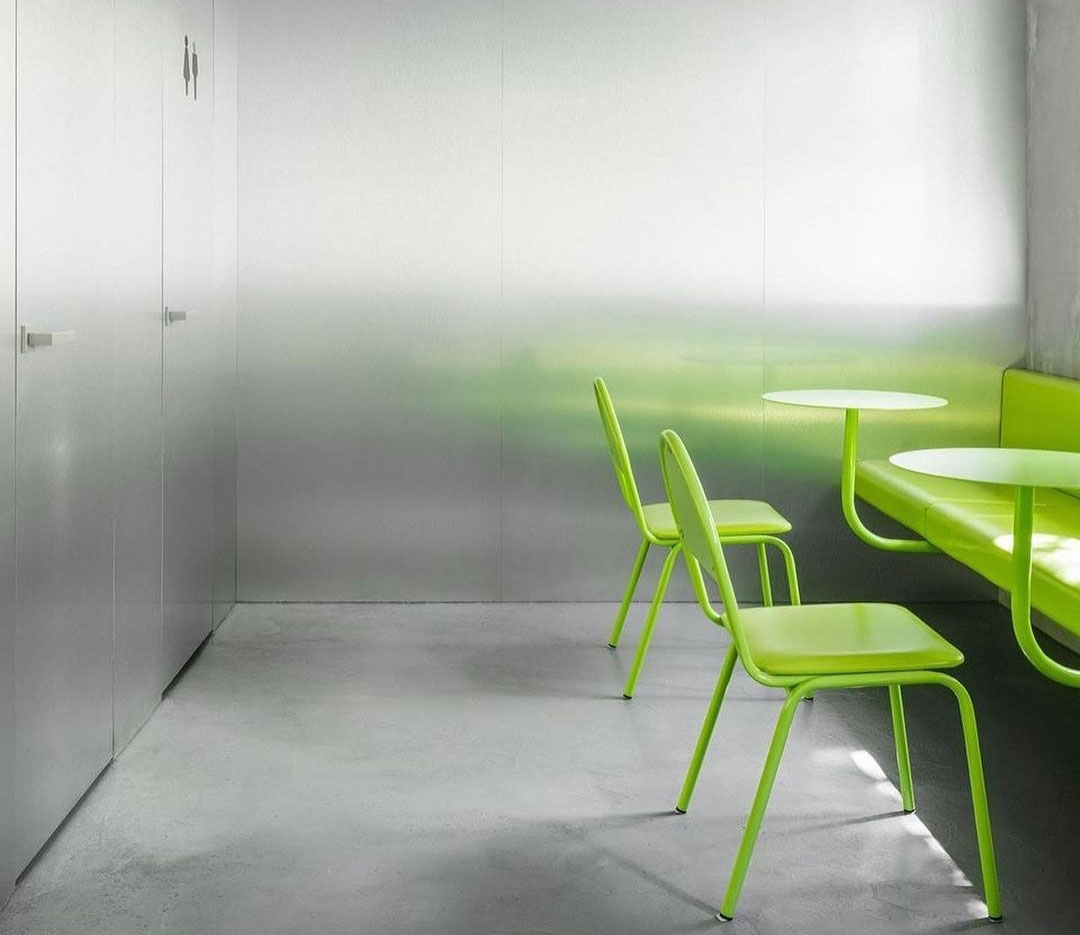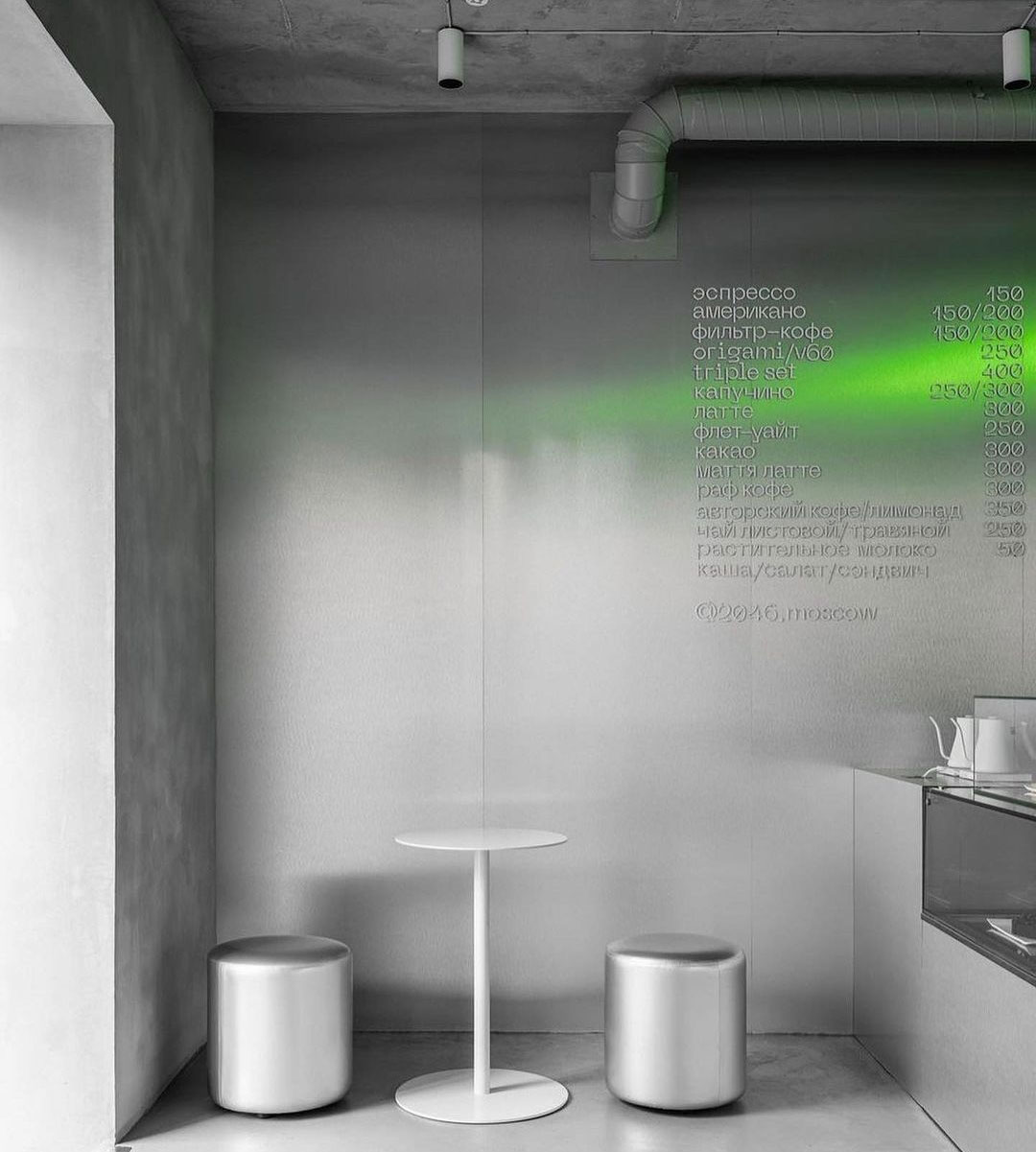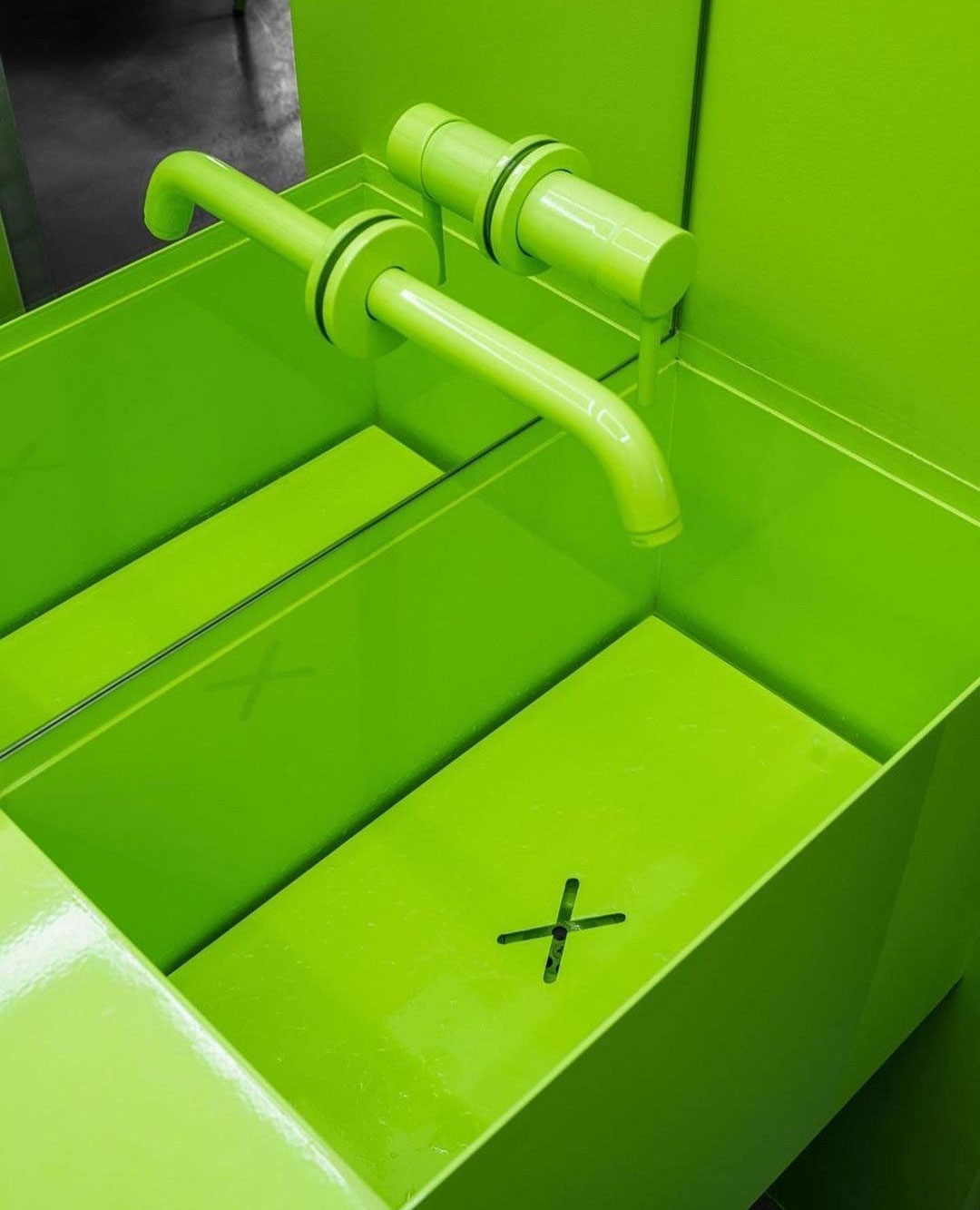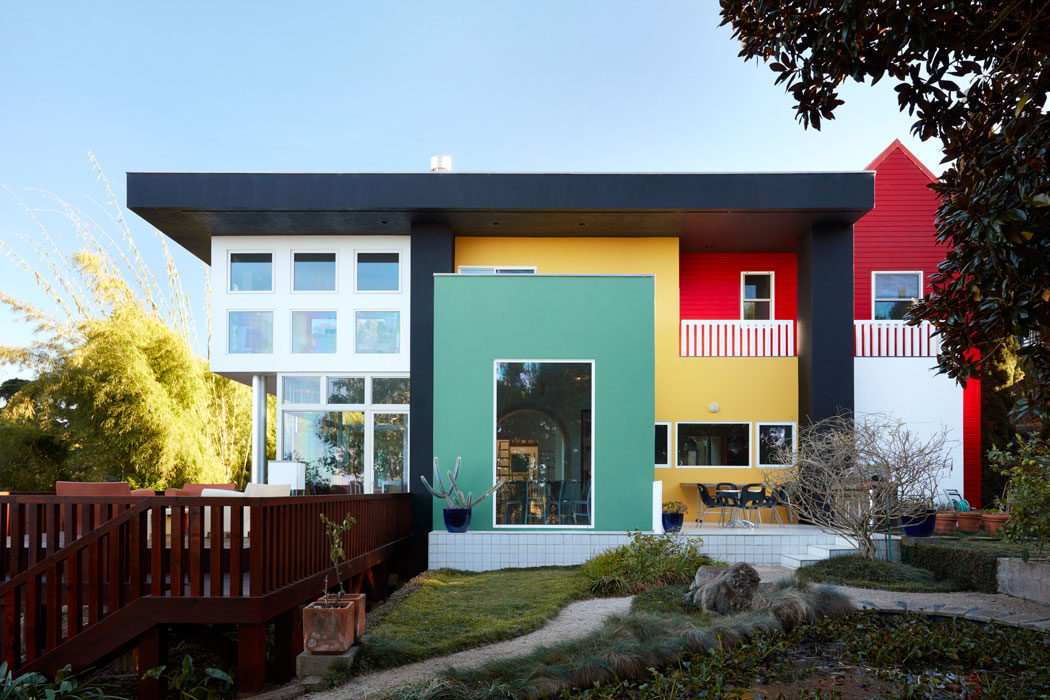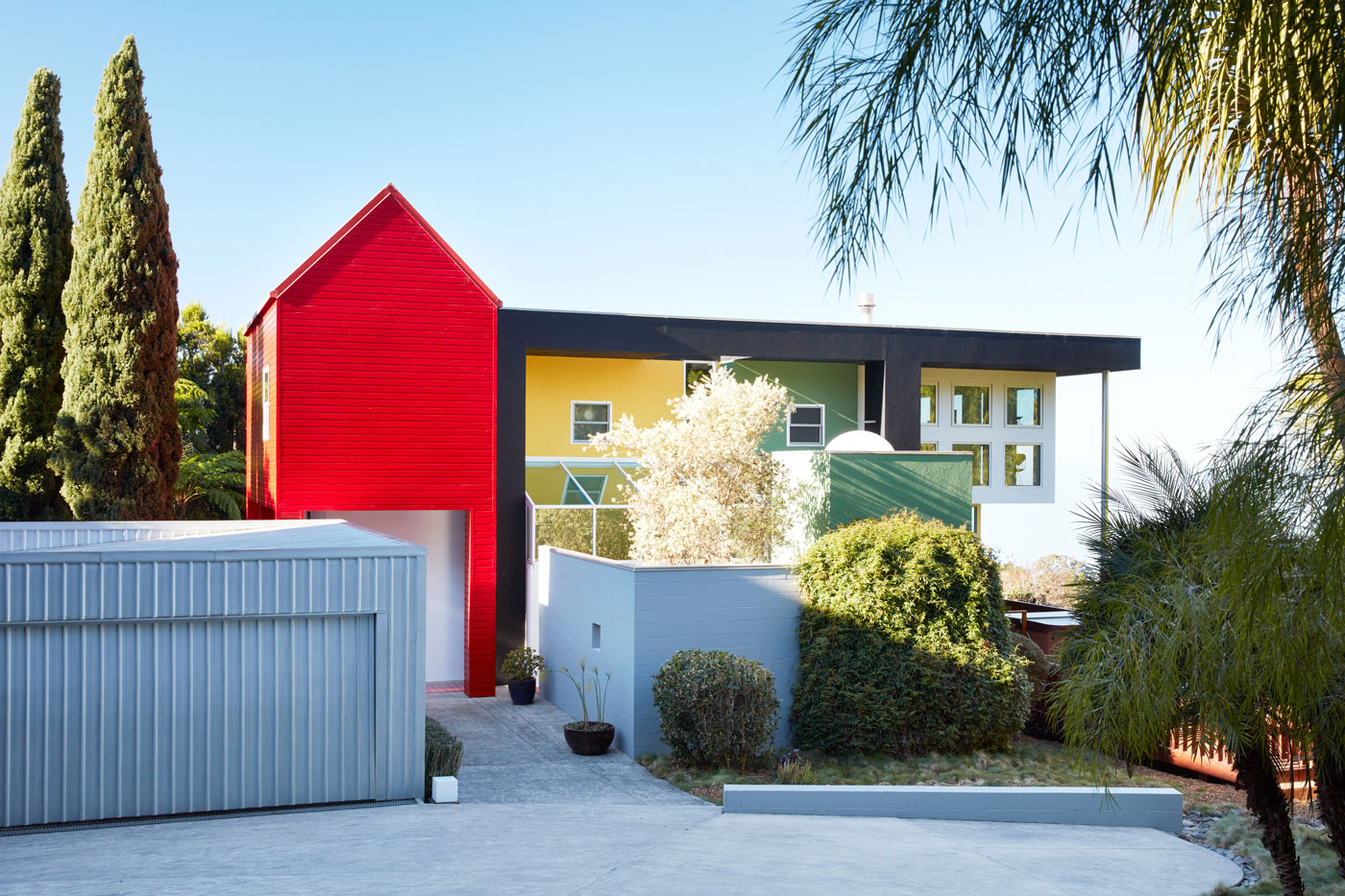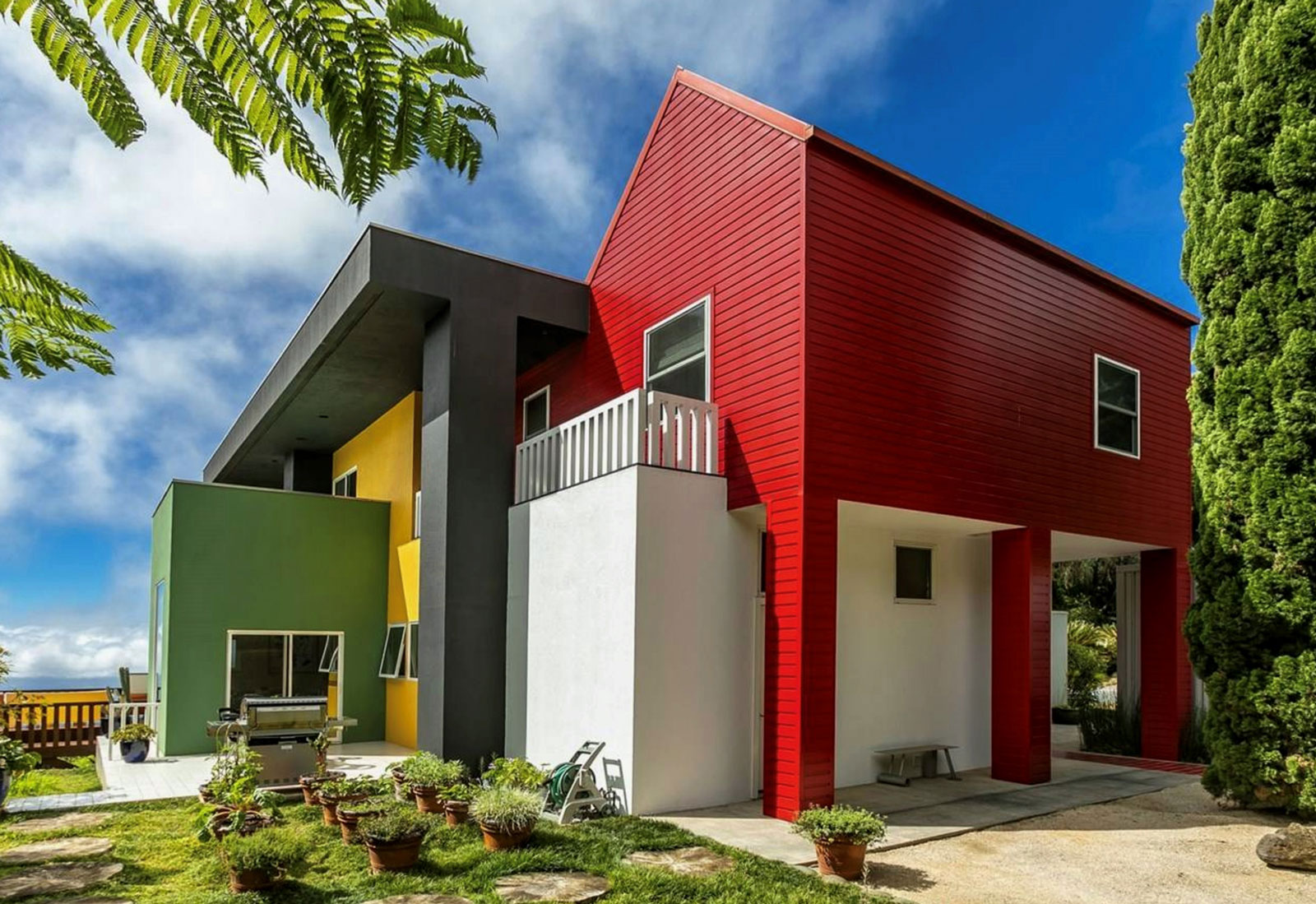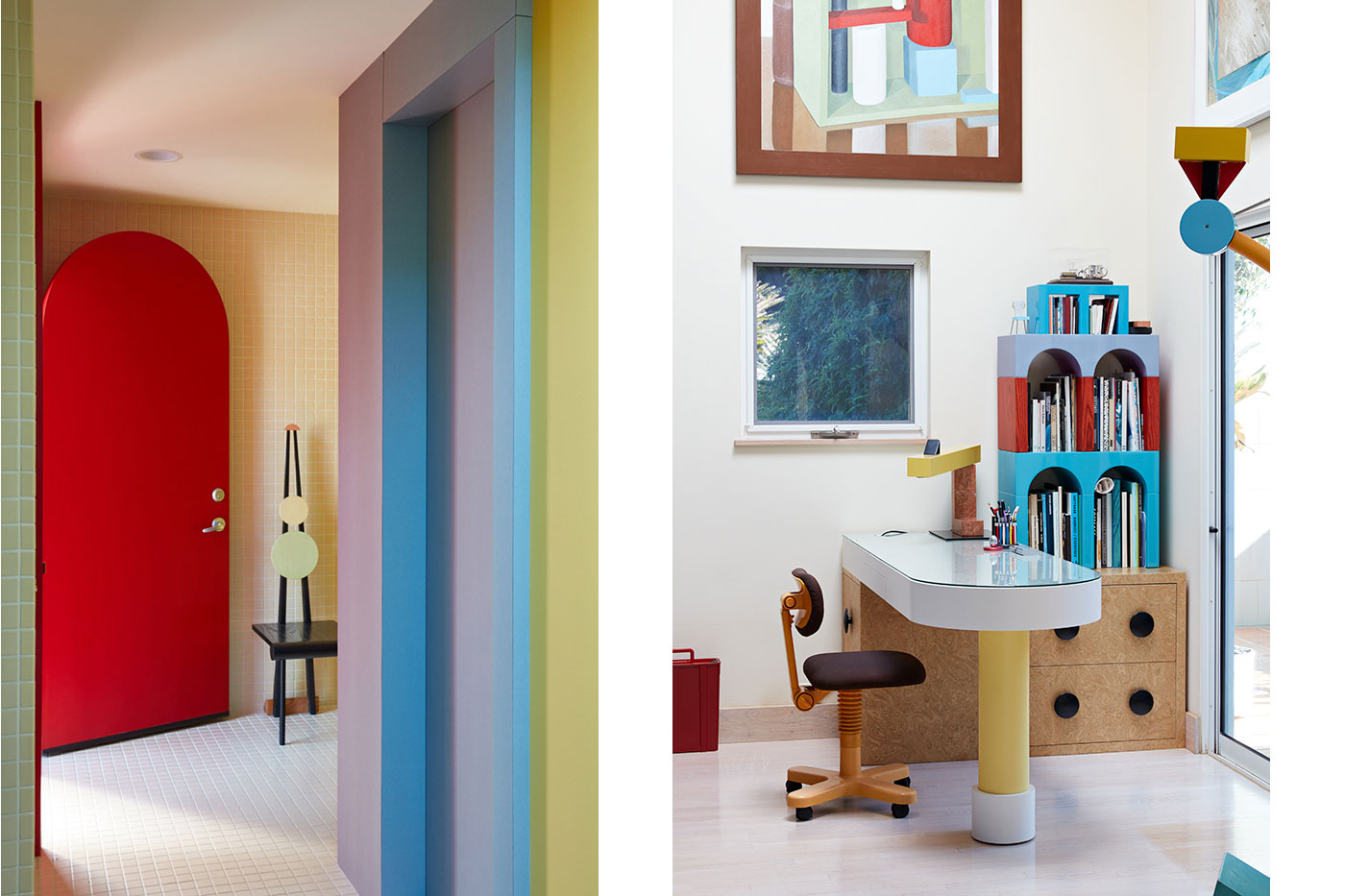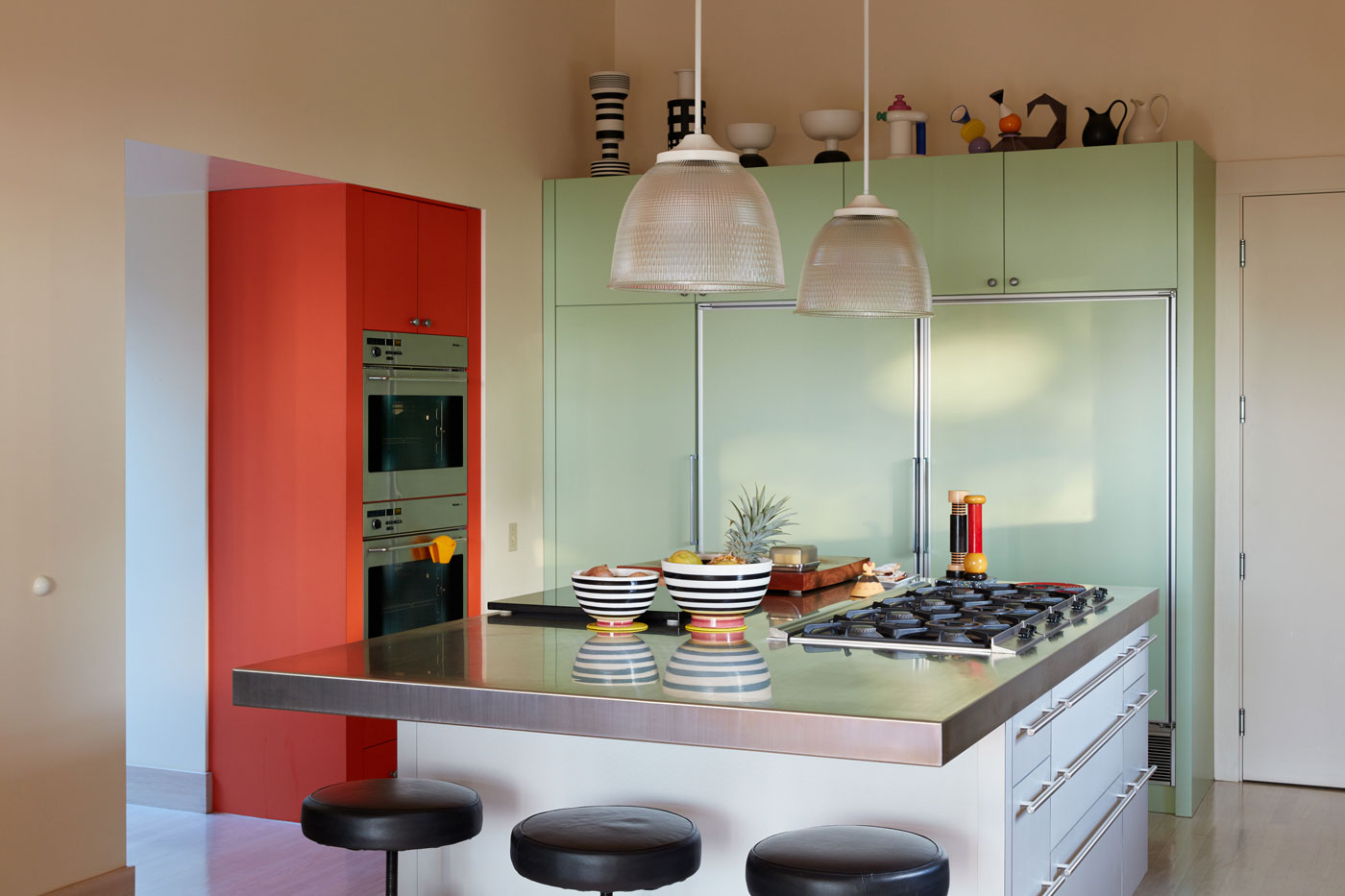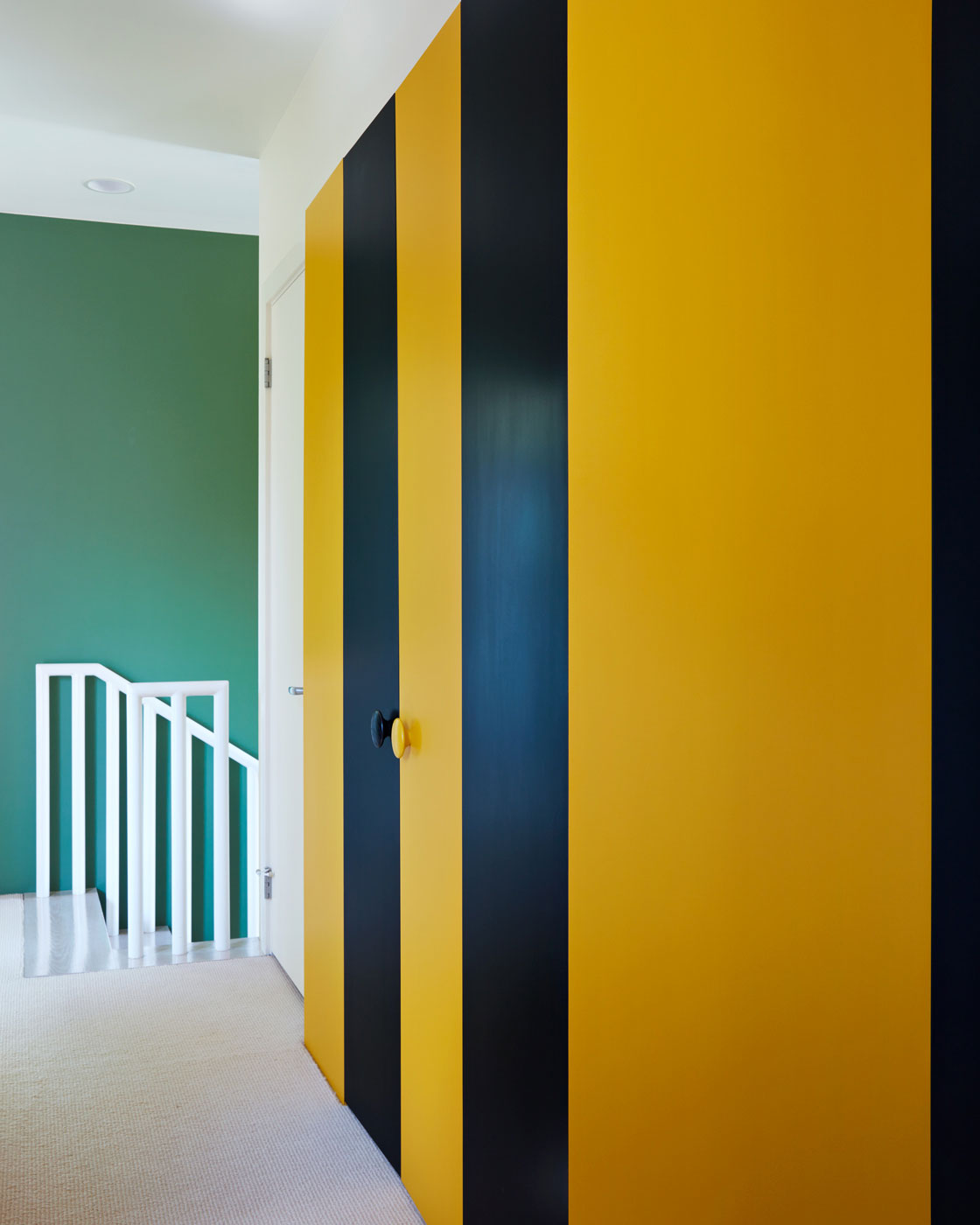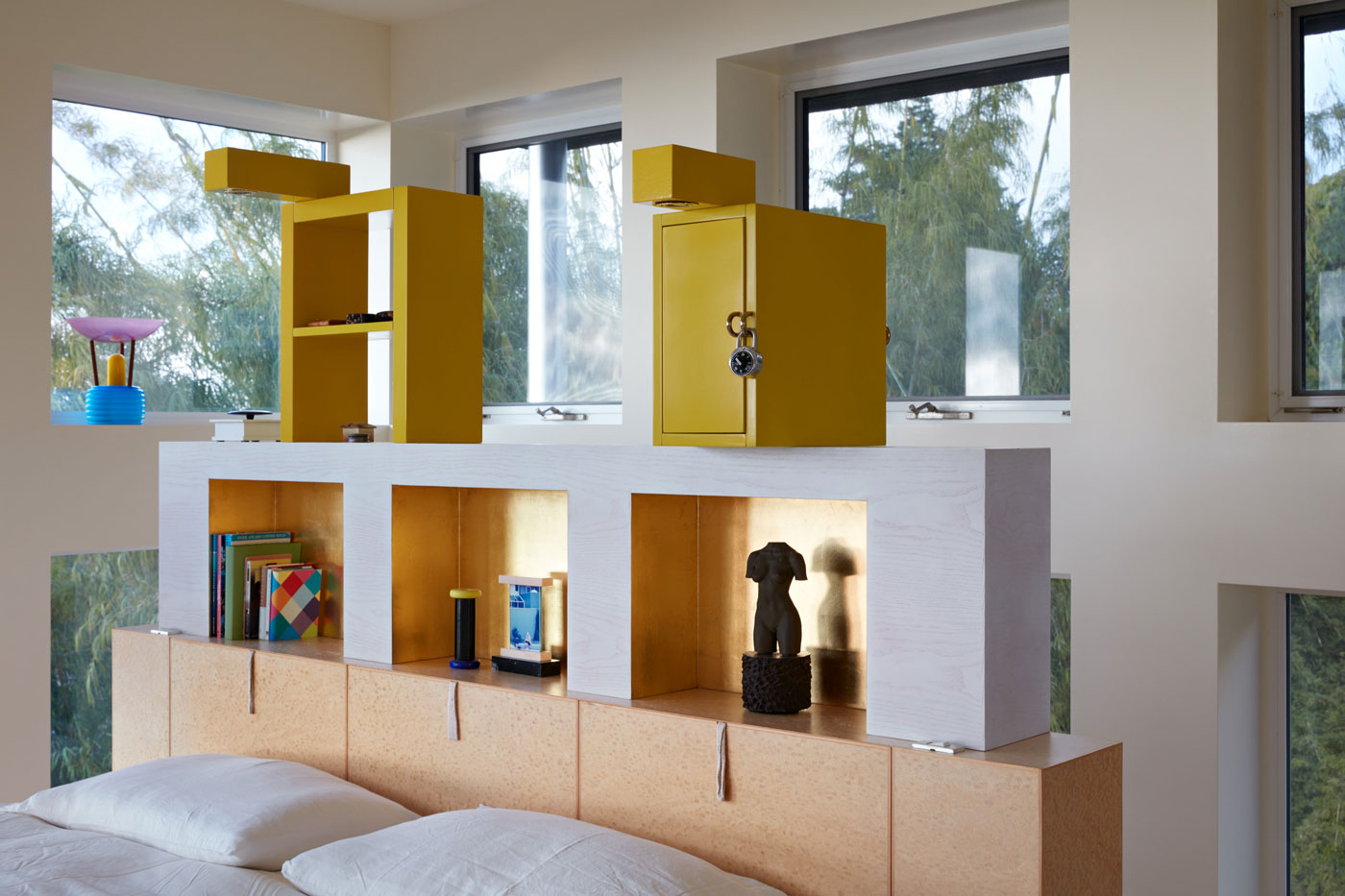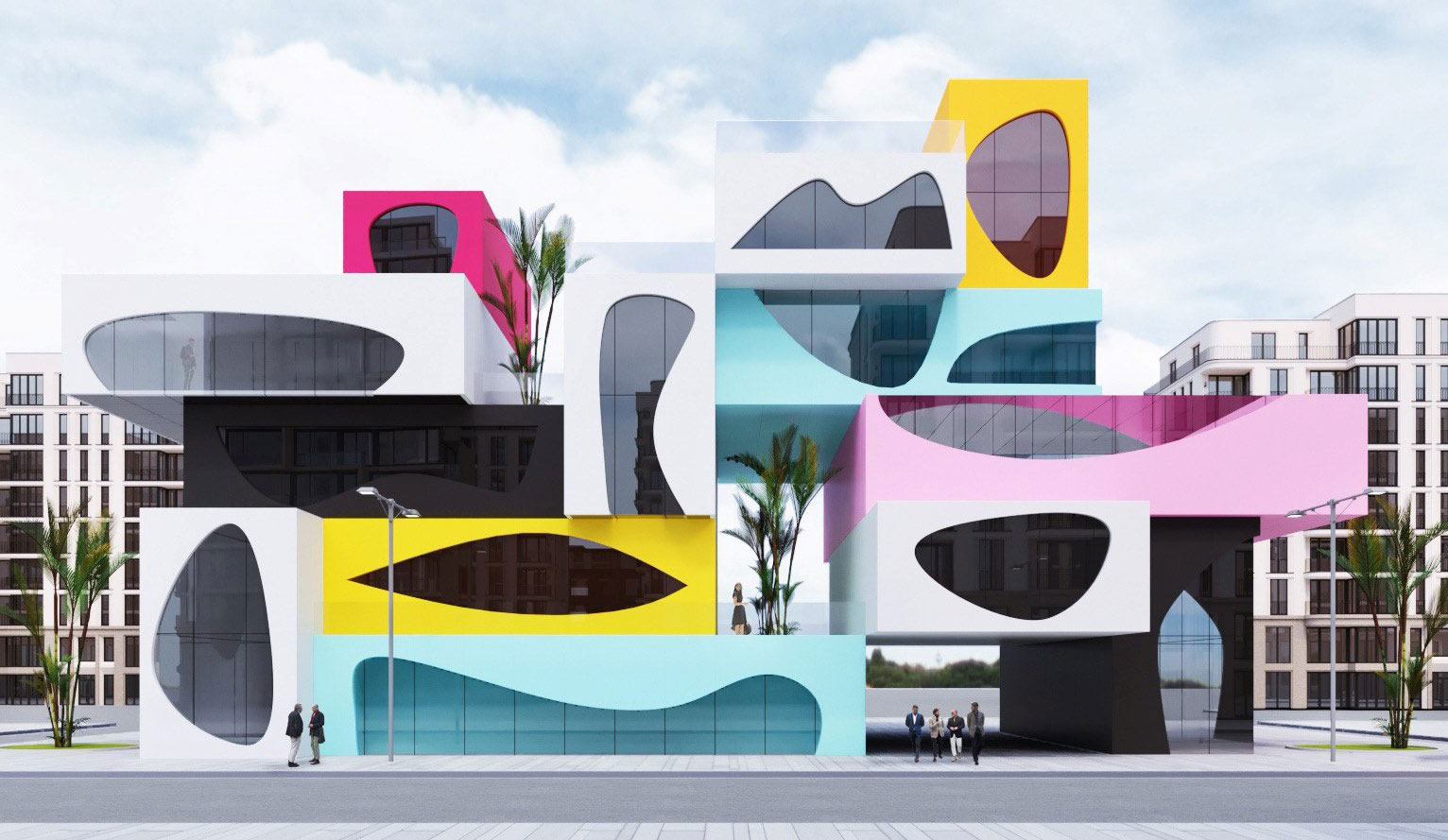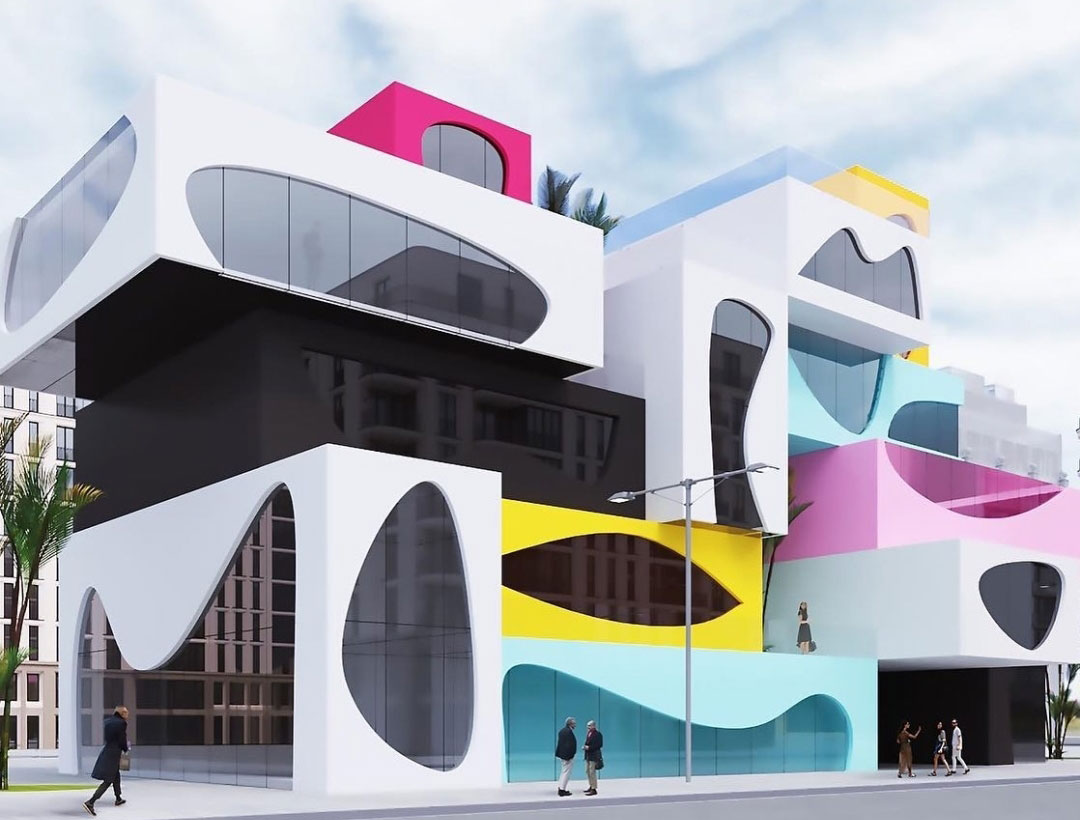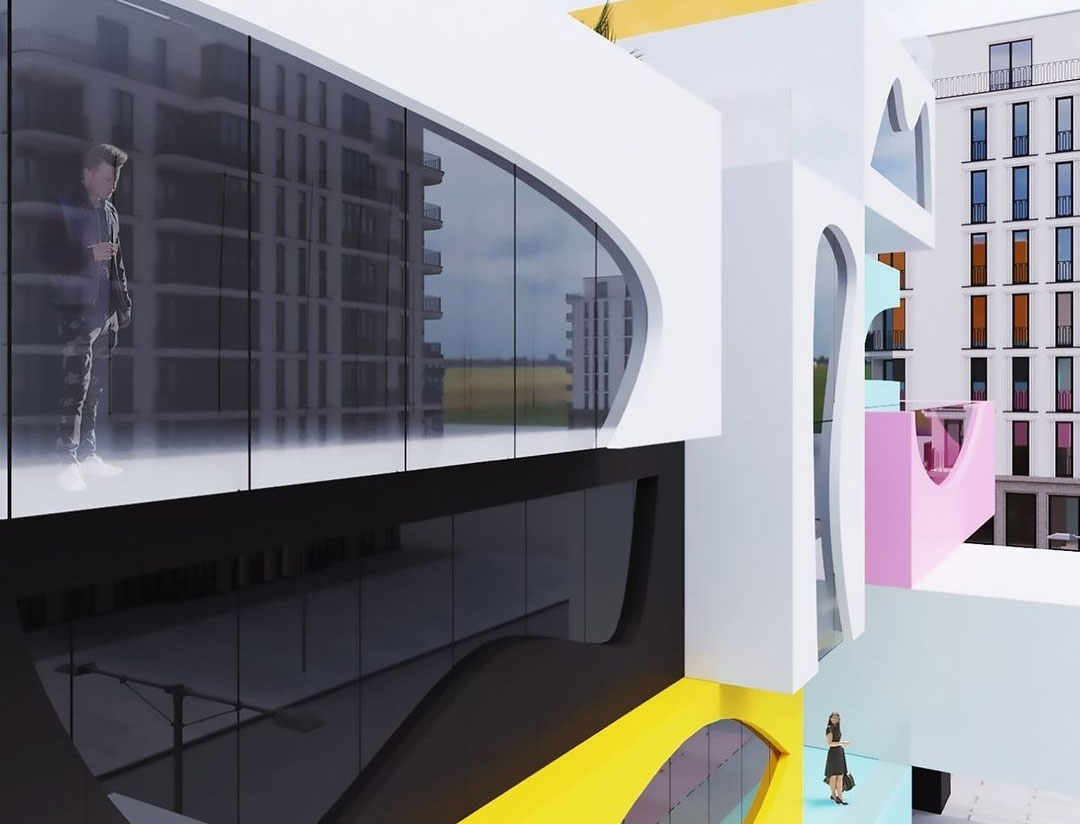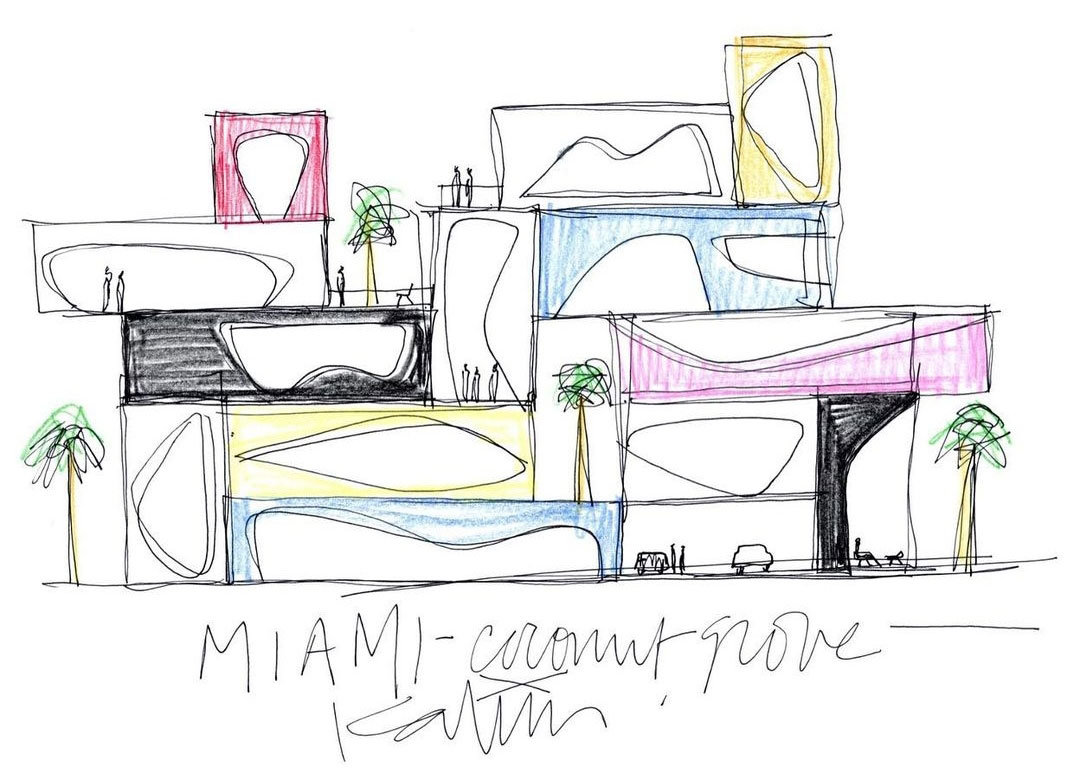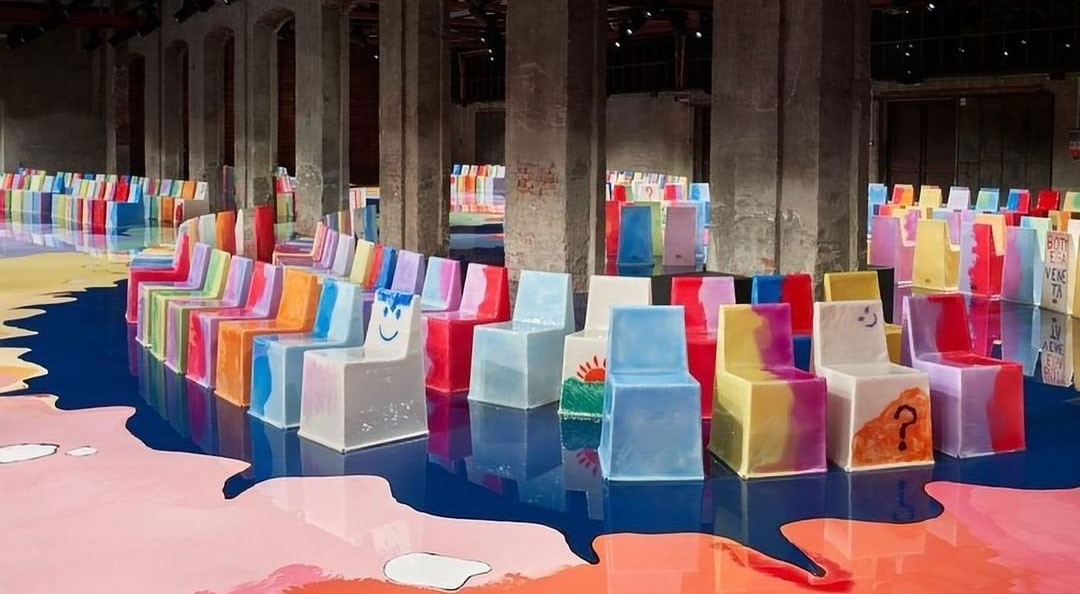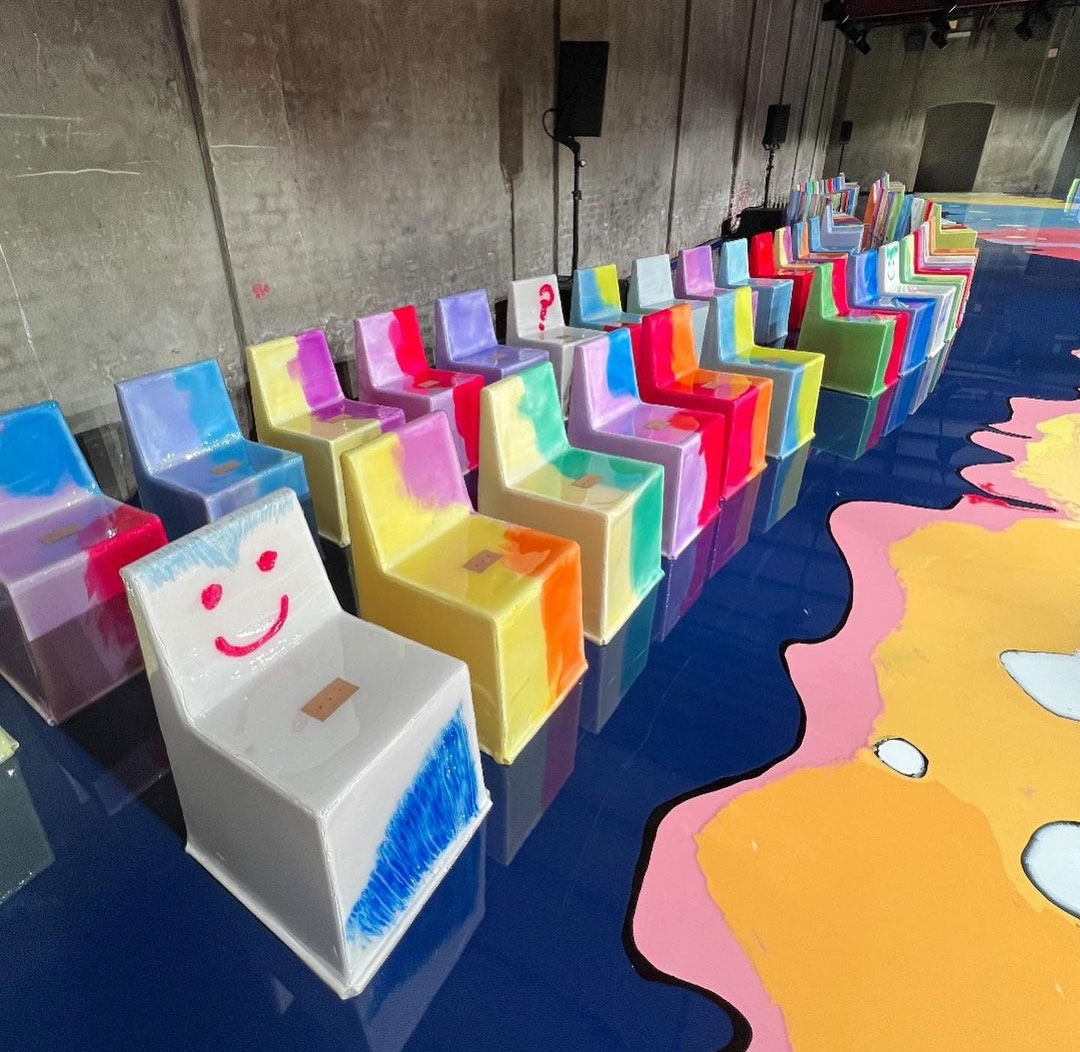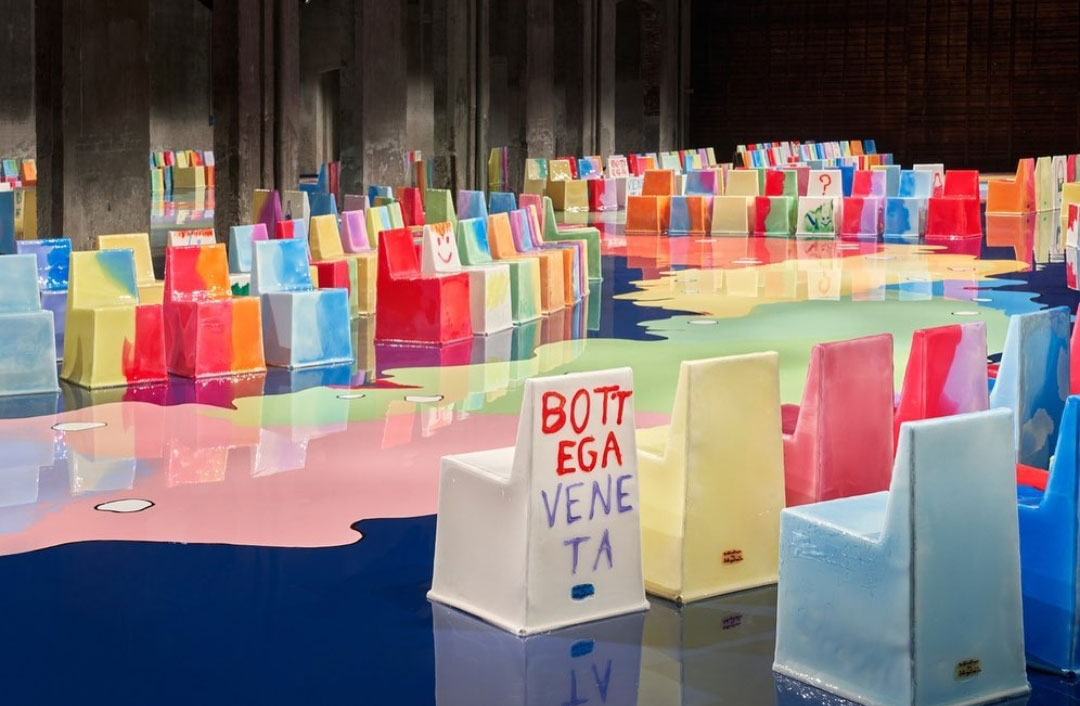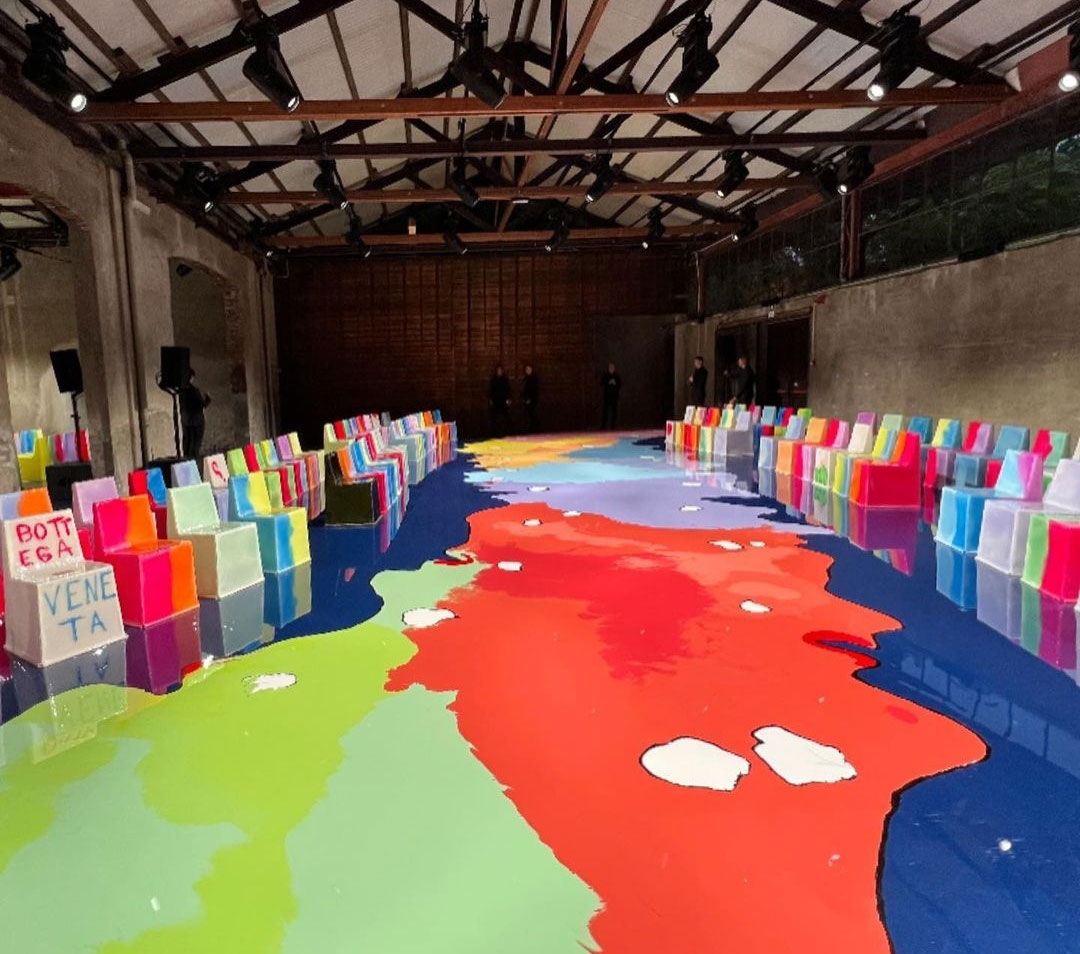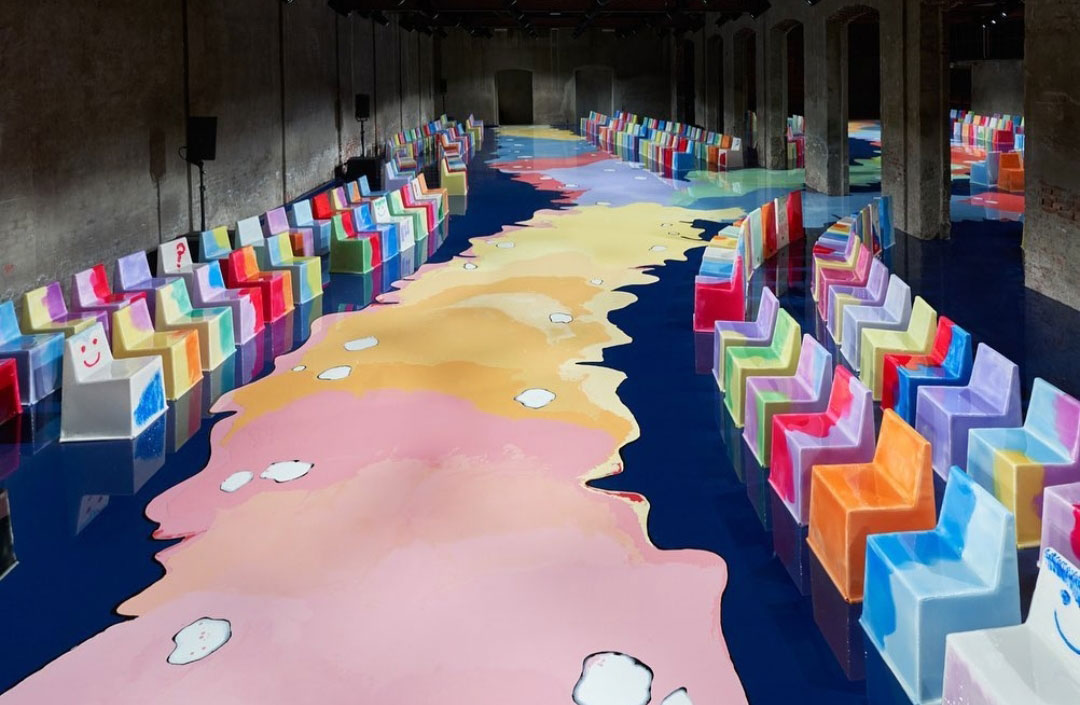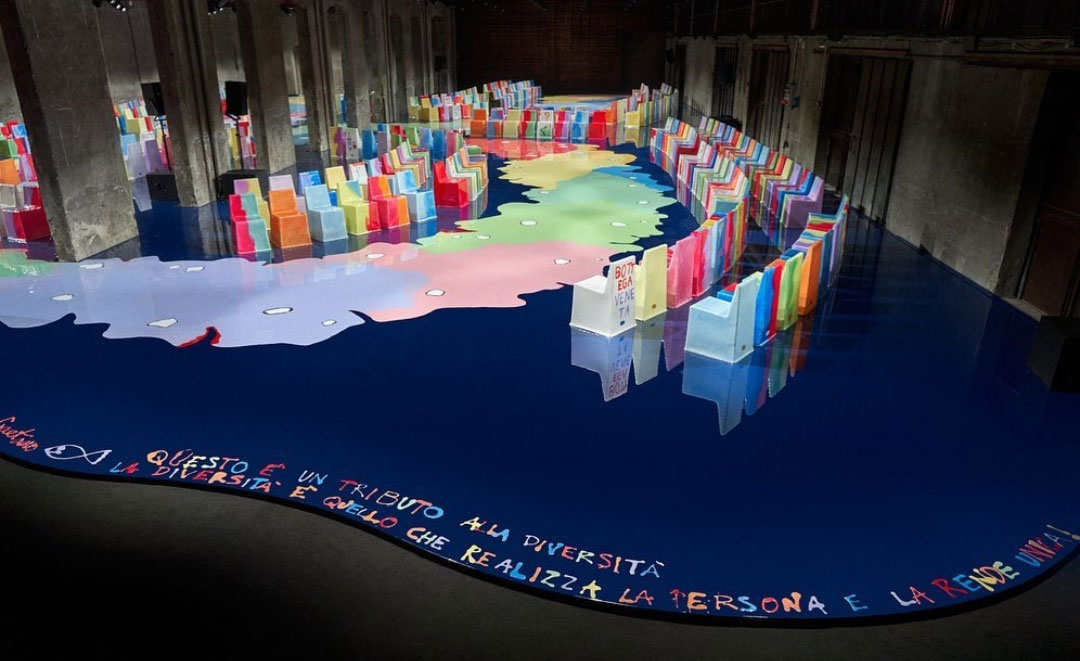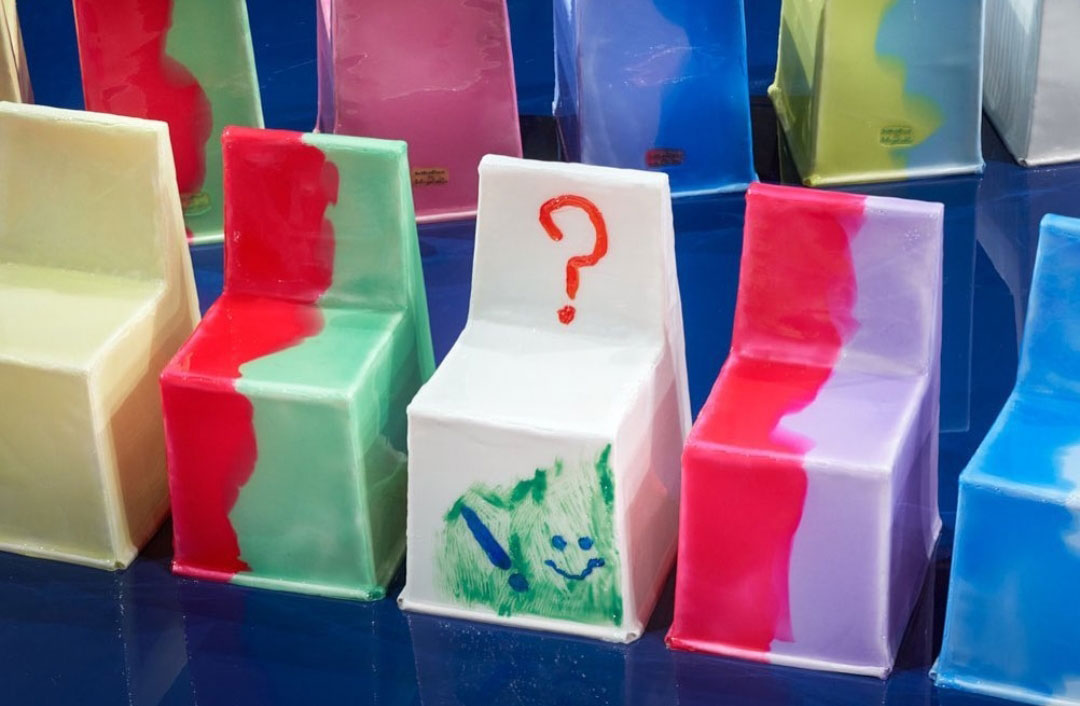CAVERNE ESOTERICHE
ARCHITECTURE | GOETHEANUM
Il Goetheanum è un edificio monumentale progettato da Rudolf Steiner, che ne fu anche il fondatore. Egli definì lo definì come “un edificio vivente posto all’interno di un corpo plastico”: la plasticità delle forme deriva da un uso organico e visionario del cemento armato a vista, al tempo un materiale del tutto eterodosso.
Si trova a Dornach (nei pressi di Basilea, Svizzera) e rappresenta una delle rare architetture del filone espressionista. A quasi un secolo dalla sua inaugurazione è un’opera poco conosciuta. Oggi è un centro congressi, ma in origine era un centro di studi antroposofici.
I volumi interni, flessuosi e dinamici, sono stati decorati – non sappiamo se su indicazione di Steiner o se in virtù di interpretazioni successive – con colori intensi ma sbiaditi, rarefatti disomogenei, che creano l’immagine di caverne artificiali, da forte coinvolgimento spirituale.
Esoteric caves – The Goetheanum is a monumental building designed by Rudolf Steiner, who was also its founder. He defined it as “a living building placed inside a plastic body”: the plasticity of the forms derives from an organic and visionary use of exposed reinforced concrete, at the time a completely heterodox material.
It is located in Dornach (near Basel, Switzerland) and represents one of the rare architectures of the expressionist vein. Almost a century after its inauguration, it is a little known work. Today it is a congress center, but it was originally a center of anthroposophical studies.
The internal volumes, supple and dynamic, have been decorated – we do not know if on the recommendation of Steiner or if by virtue of subsequent interpretations – with intense but faded colors, rarefied and inhomogeneous, which create the image of artificial caves, with a strong spiritual involvement.

